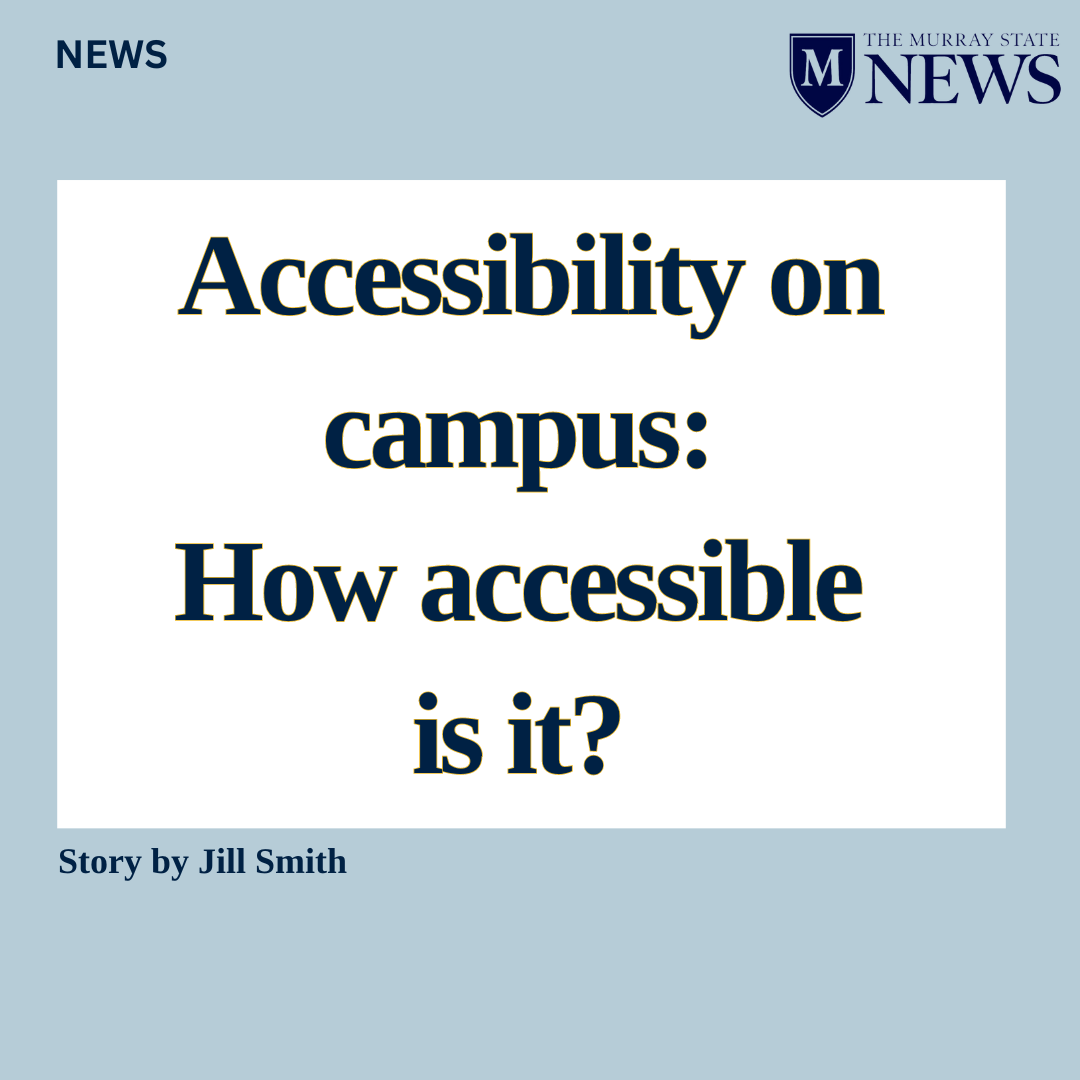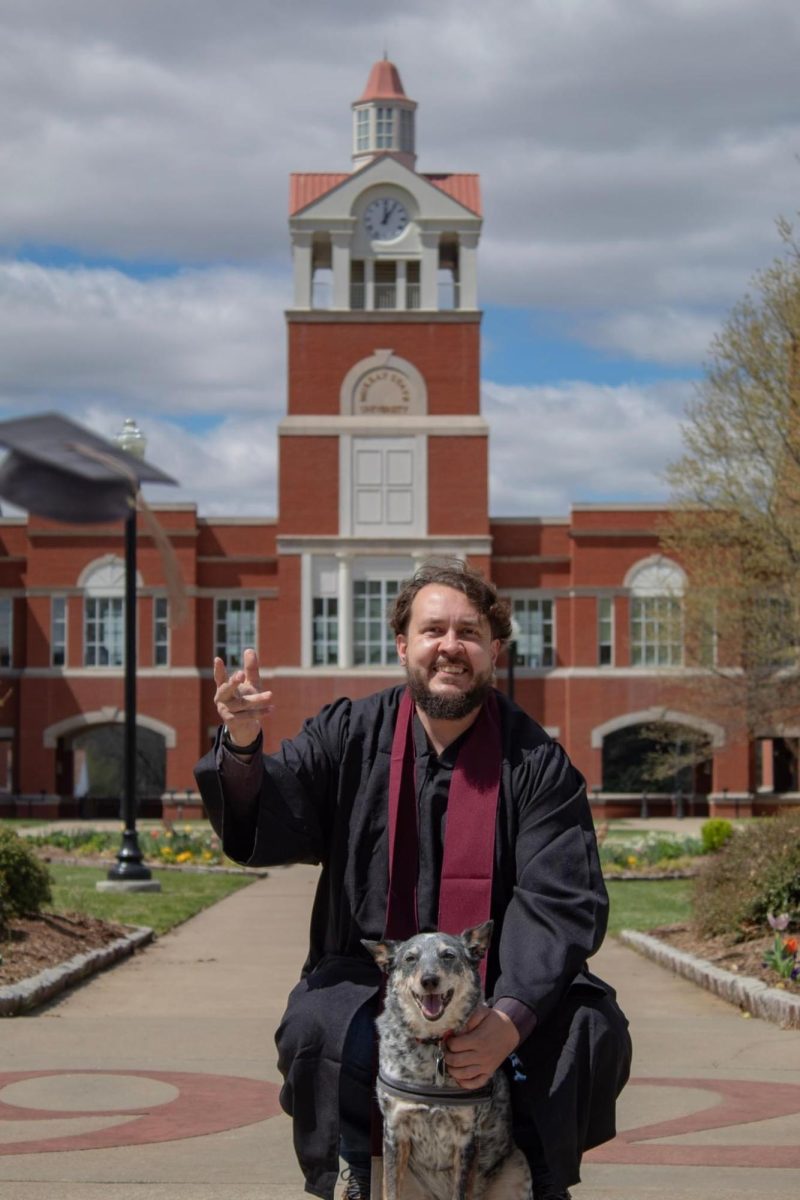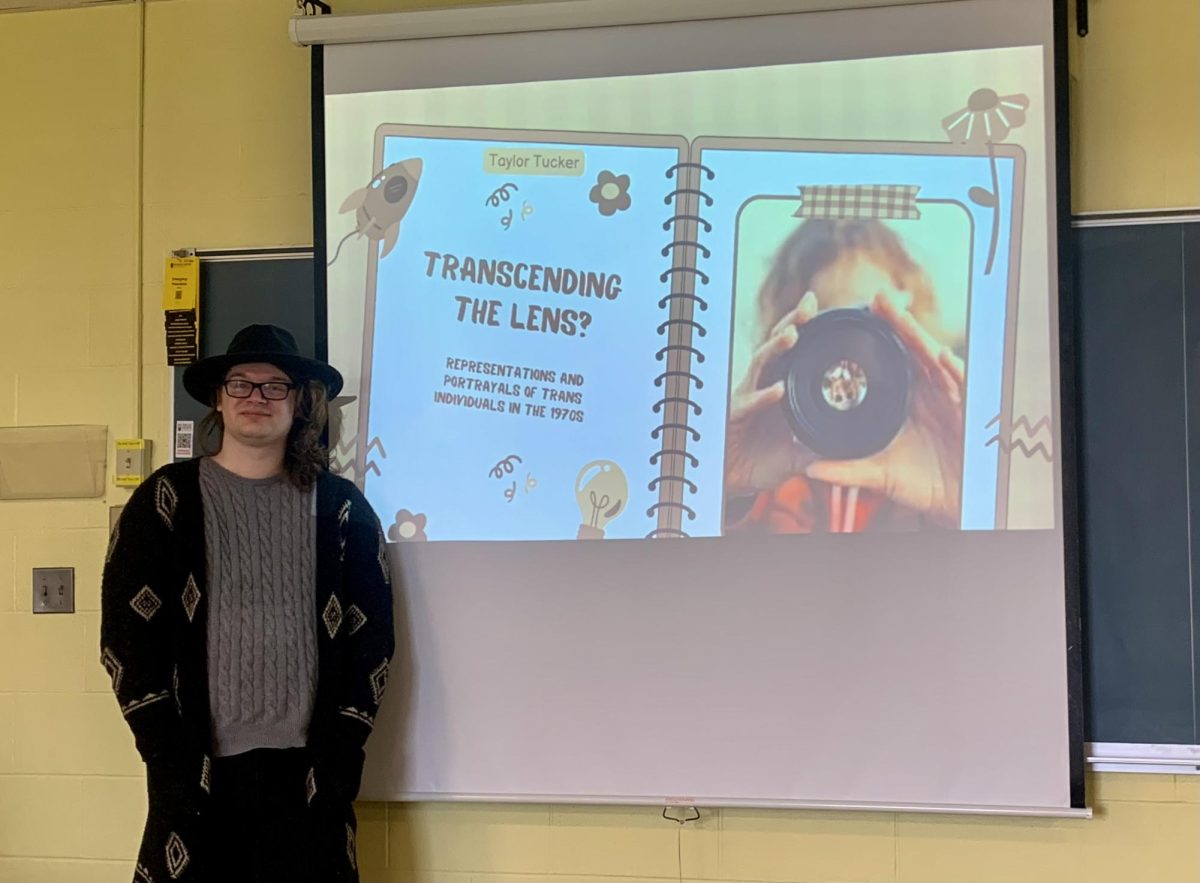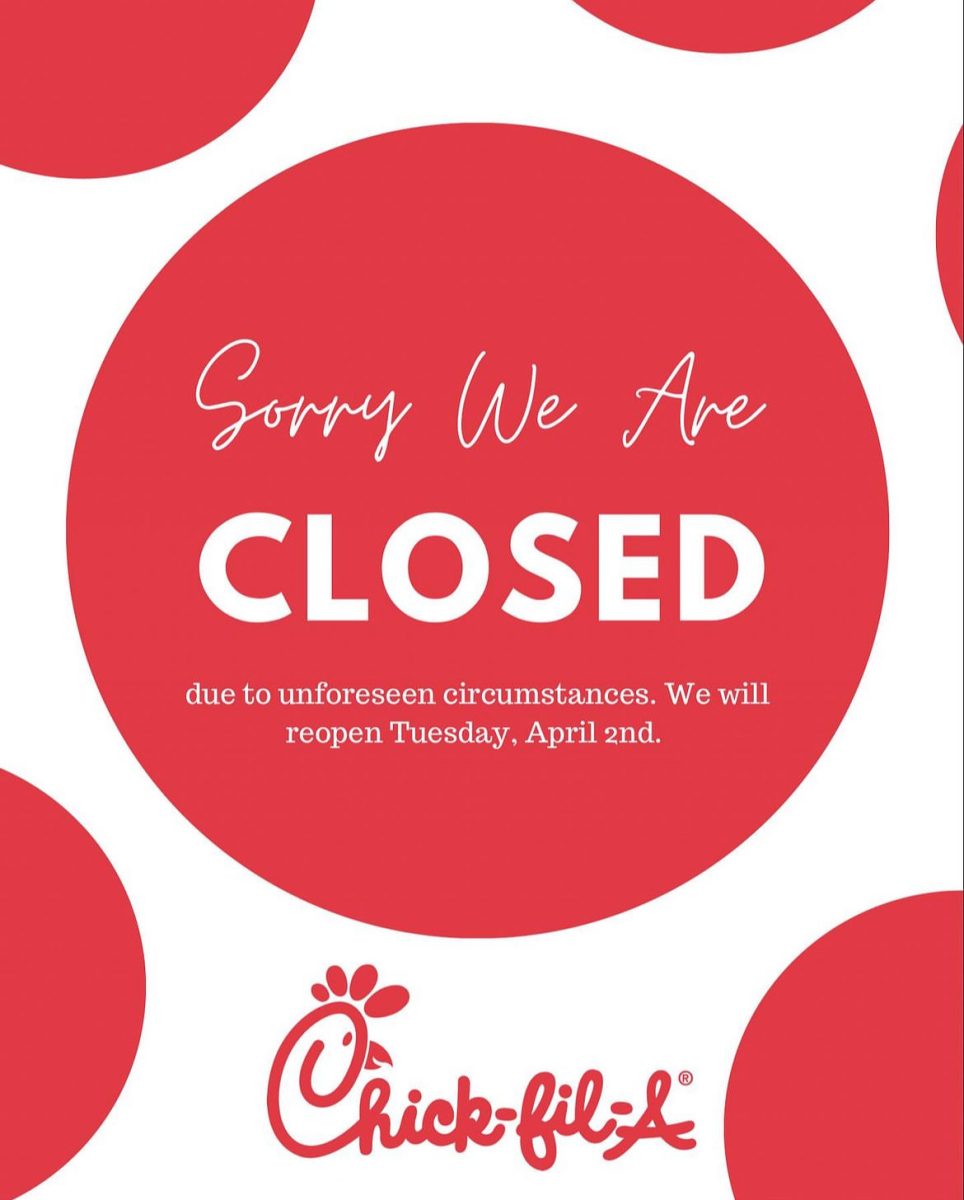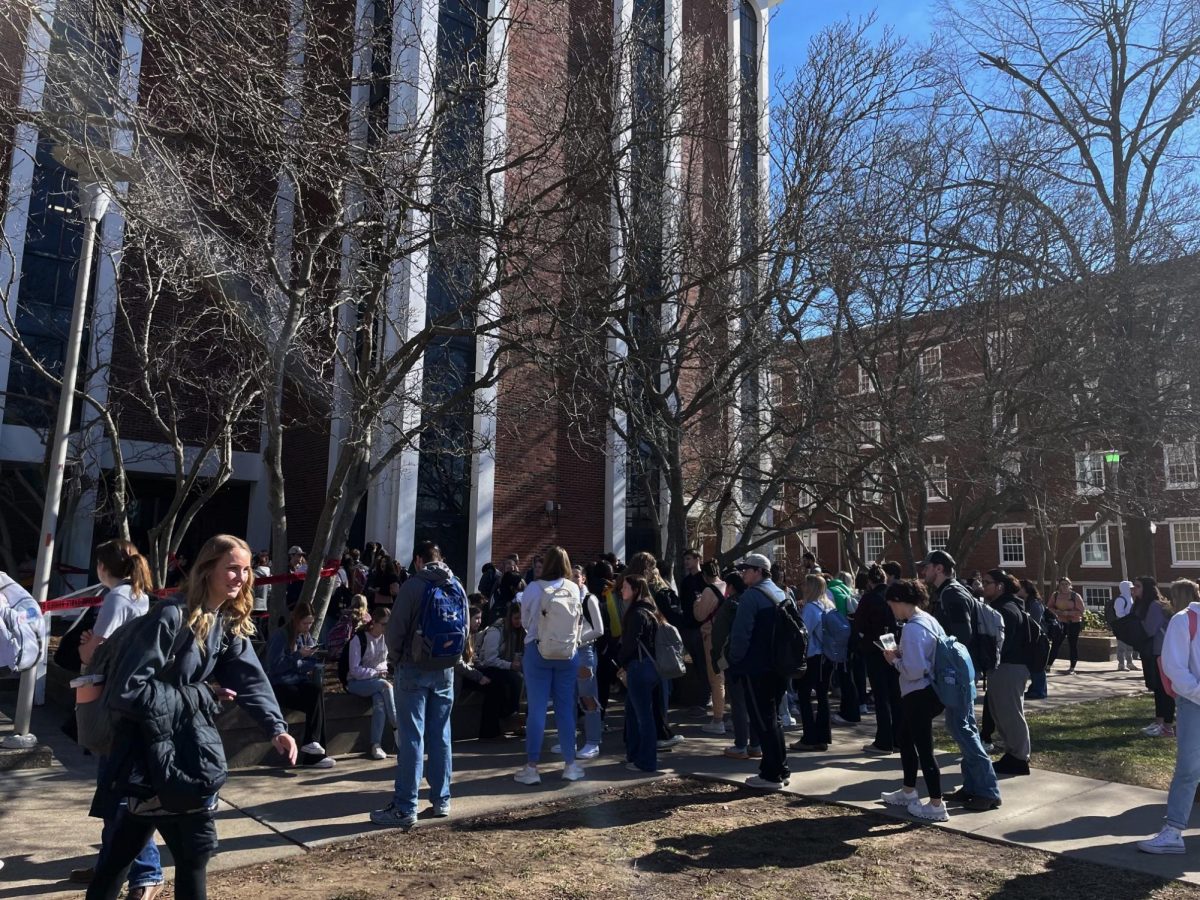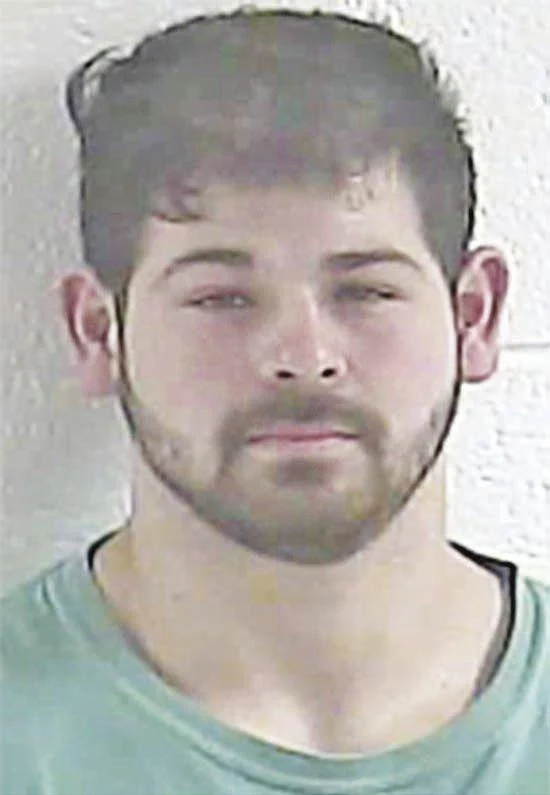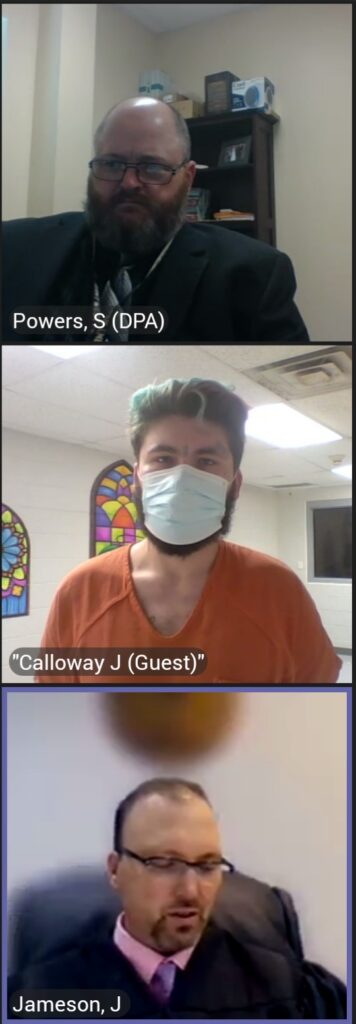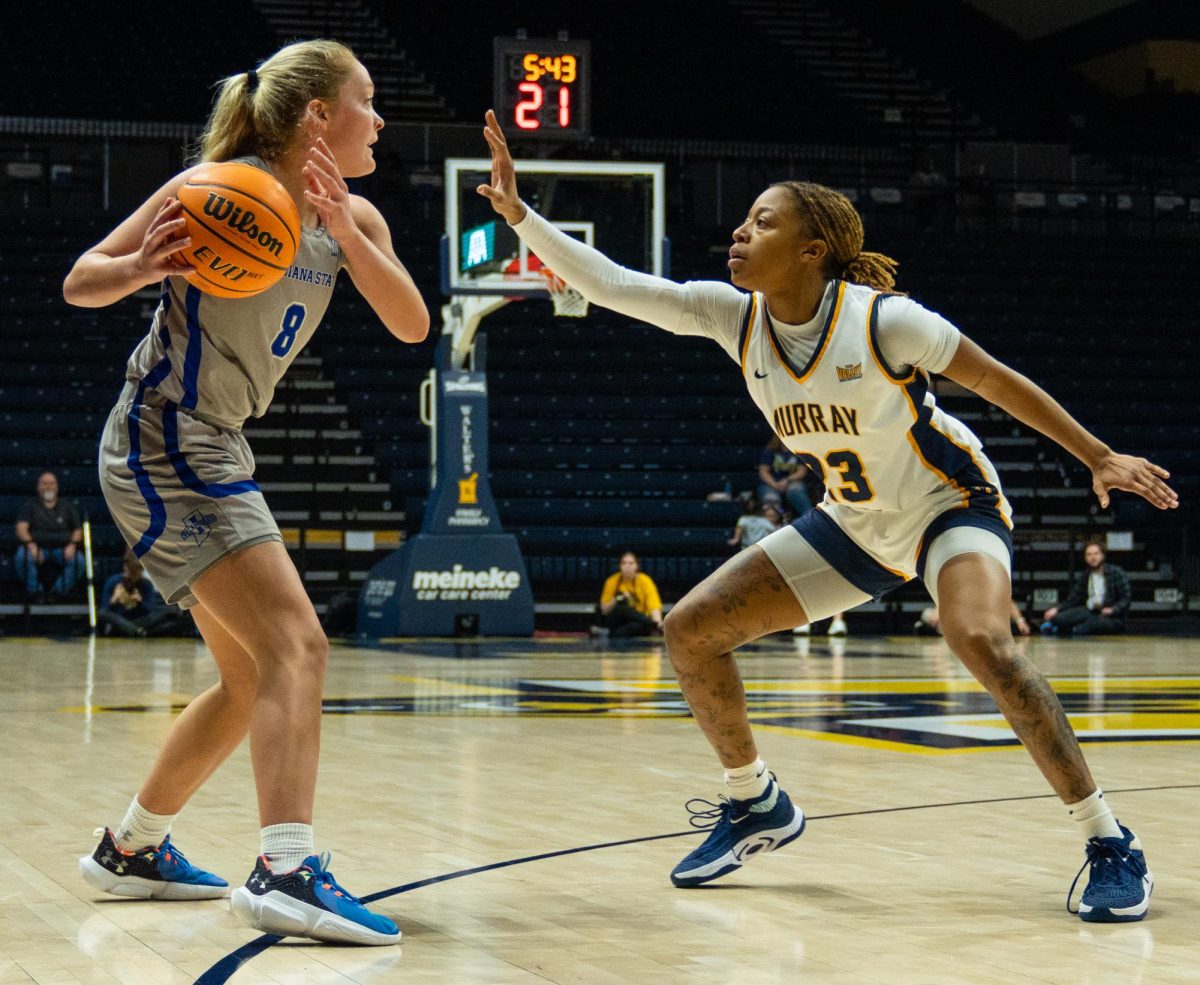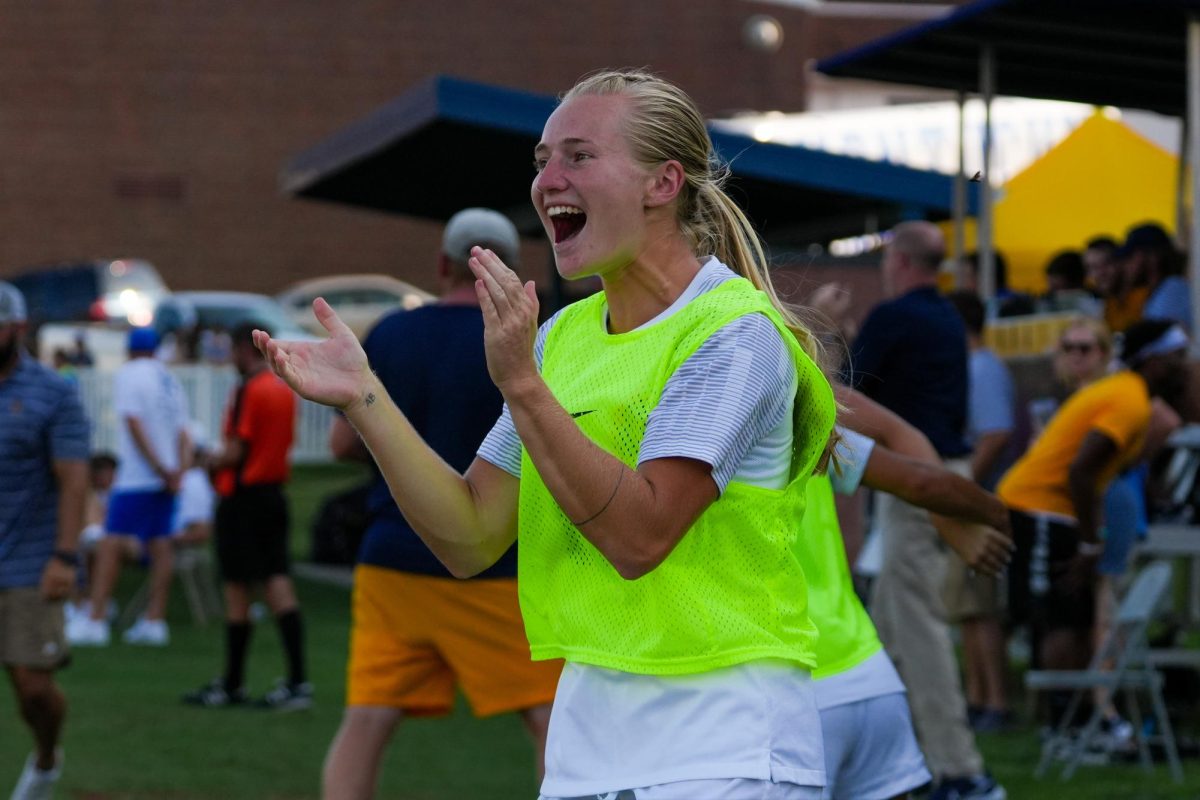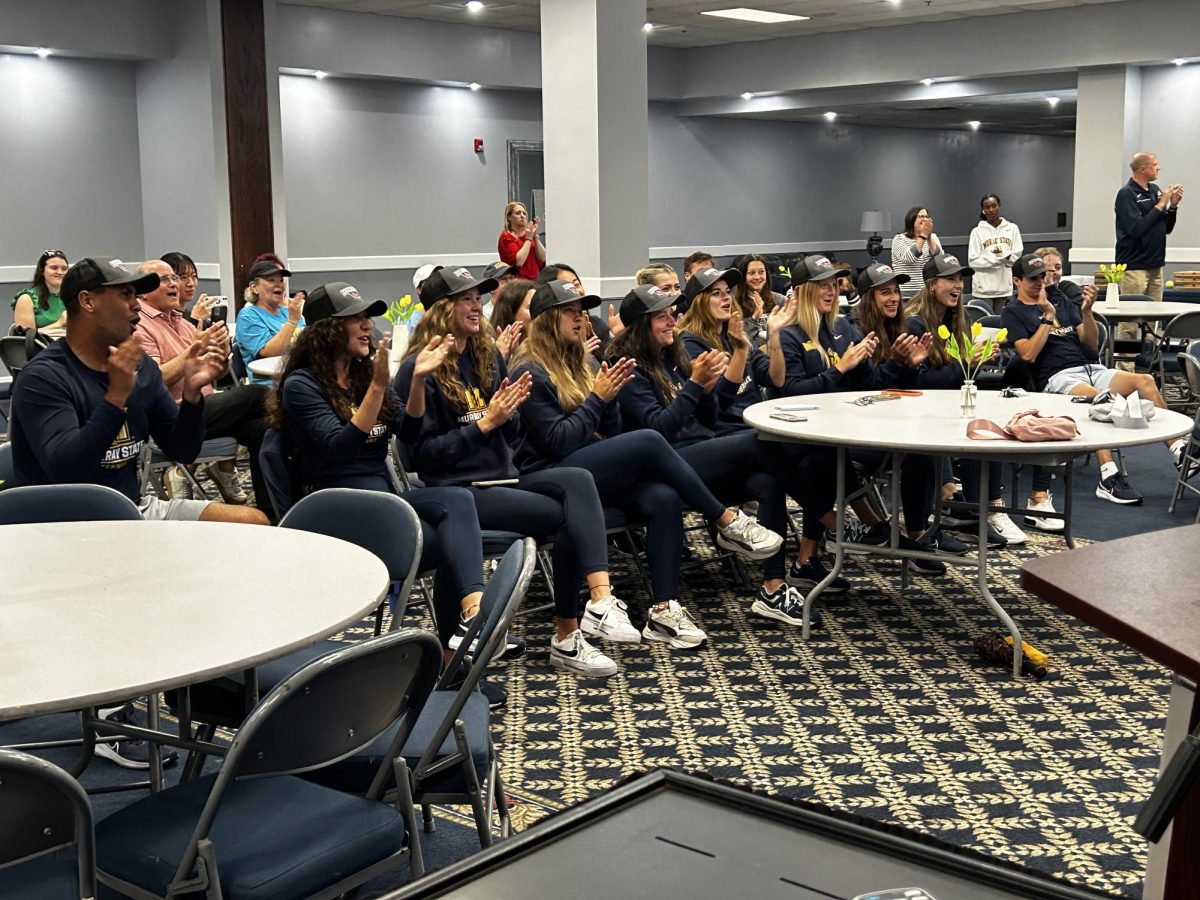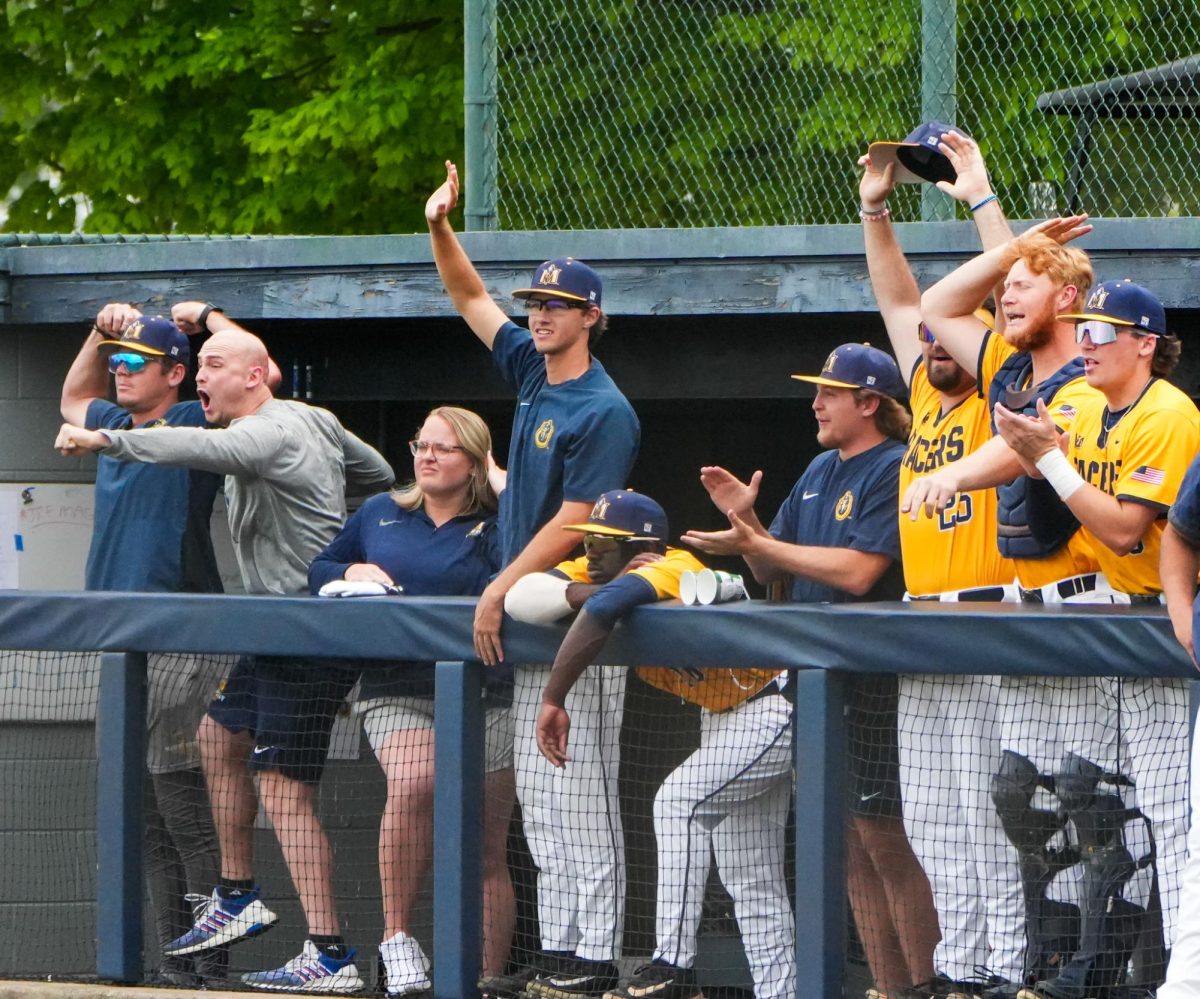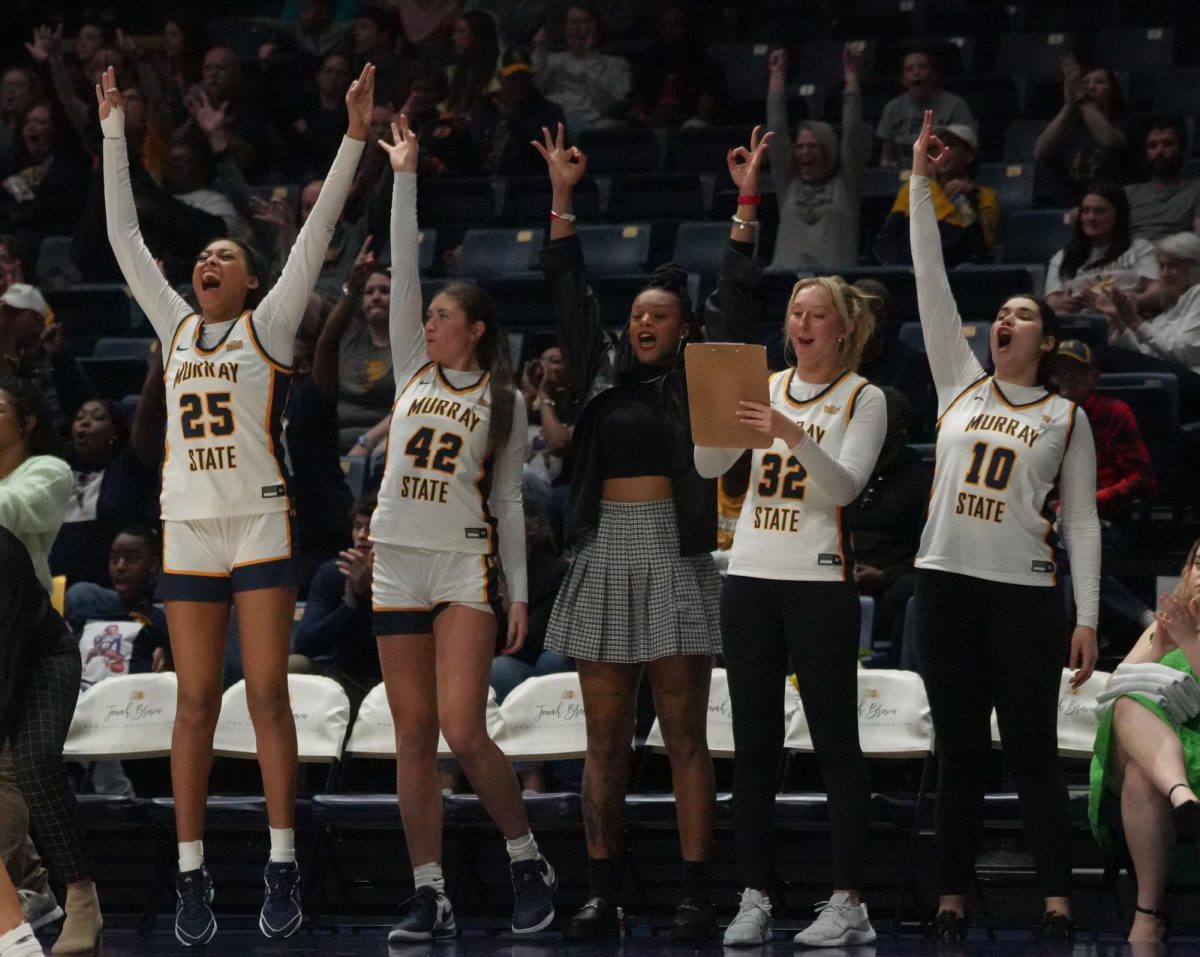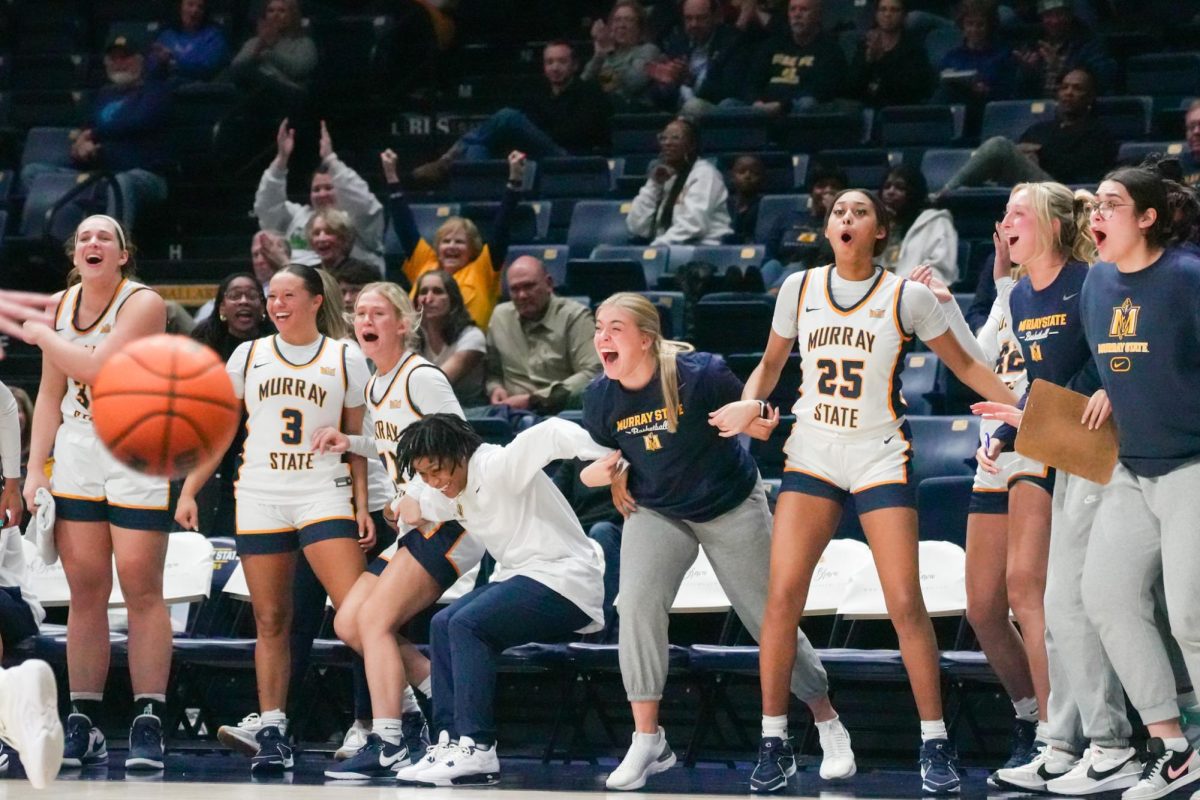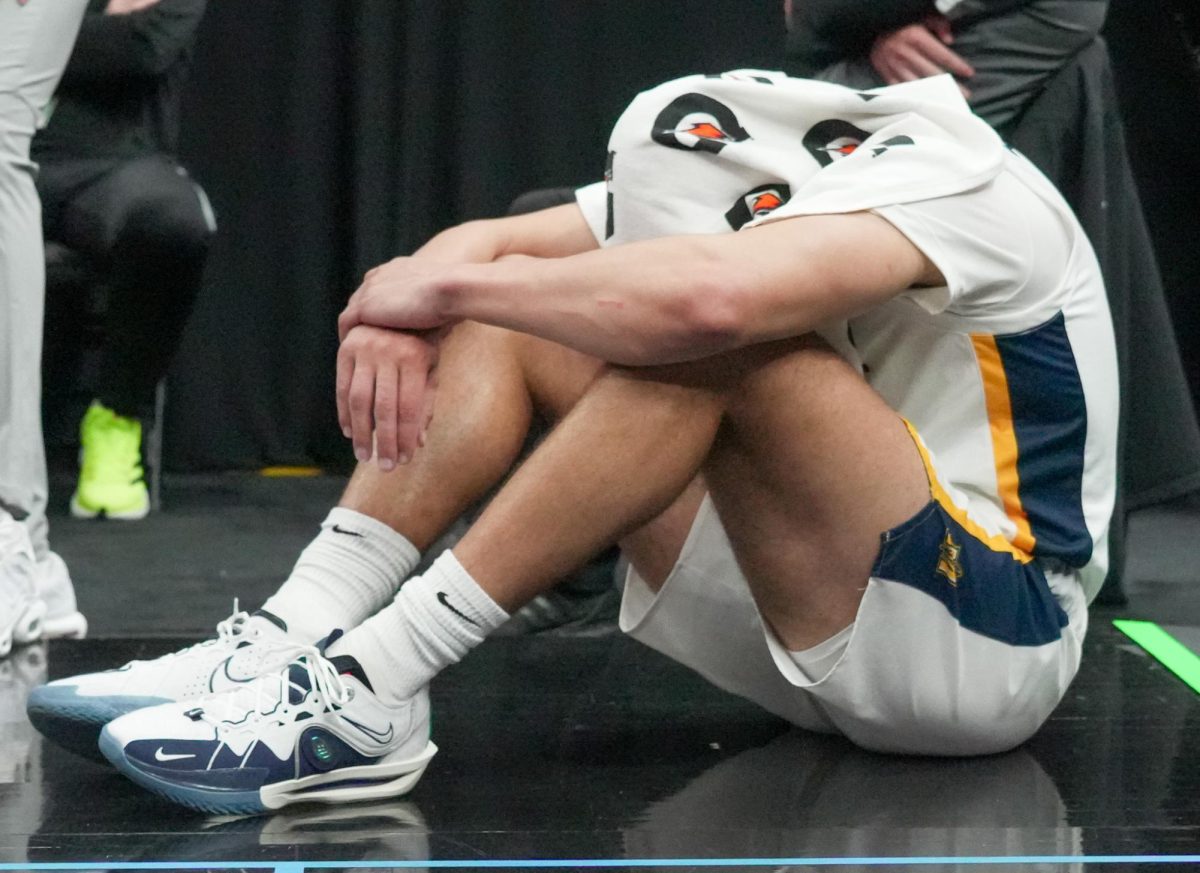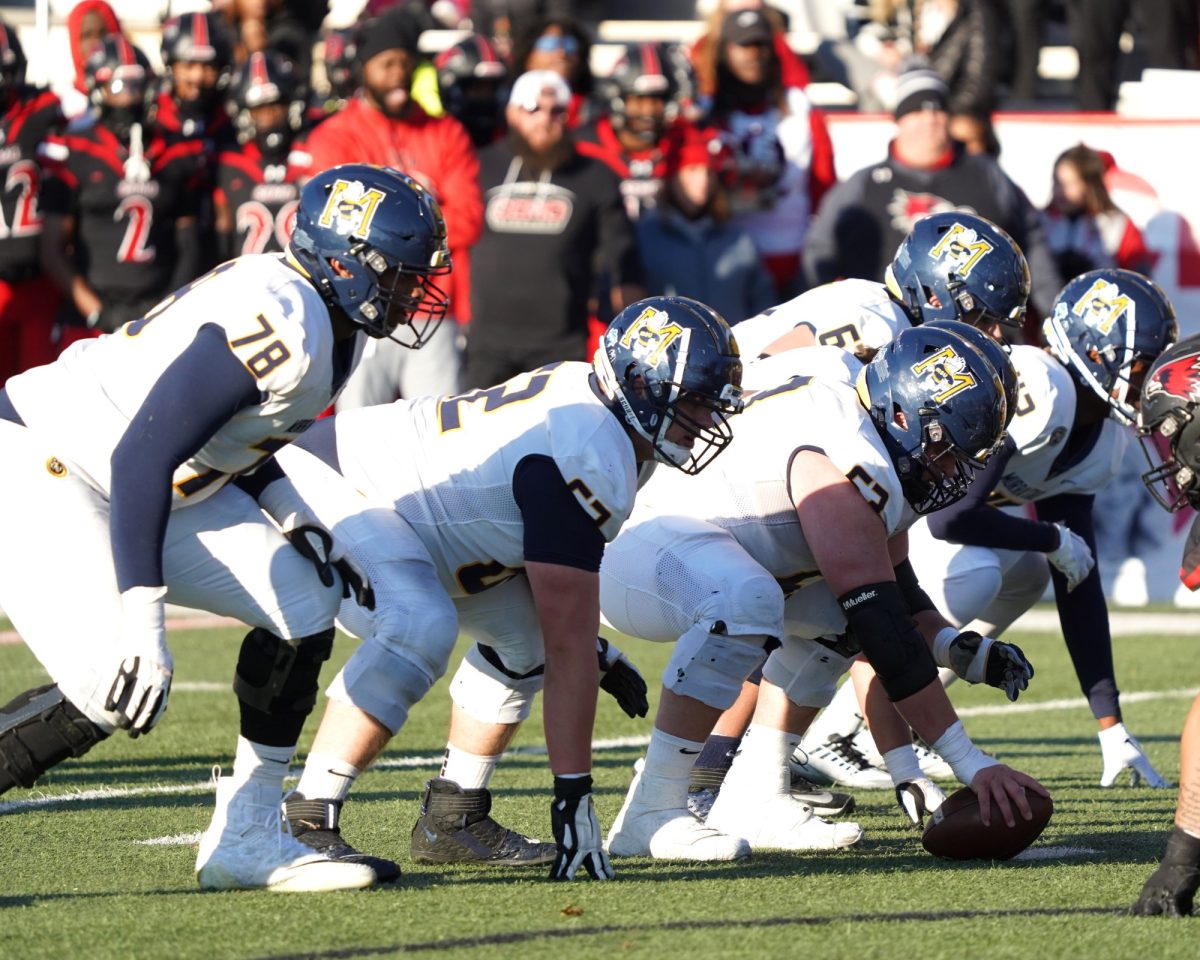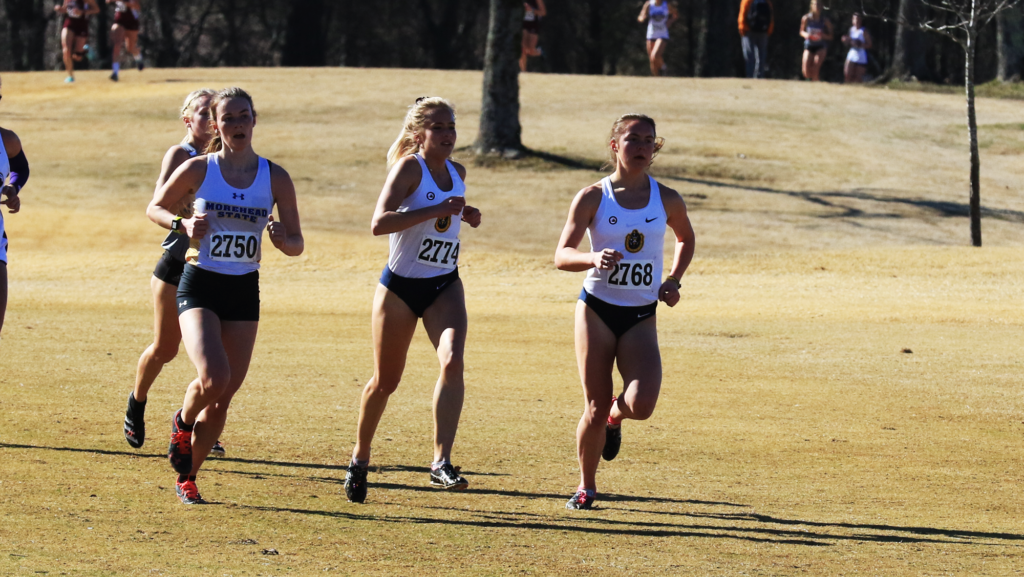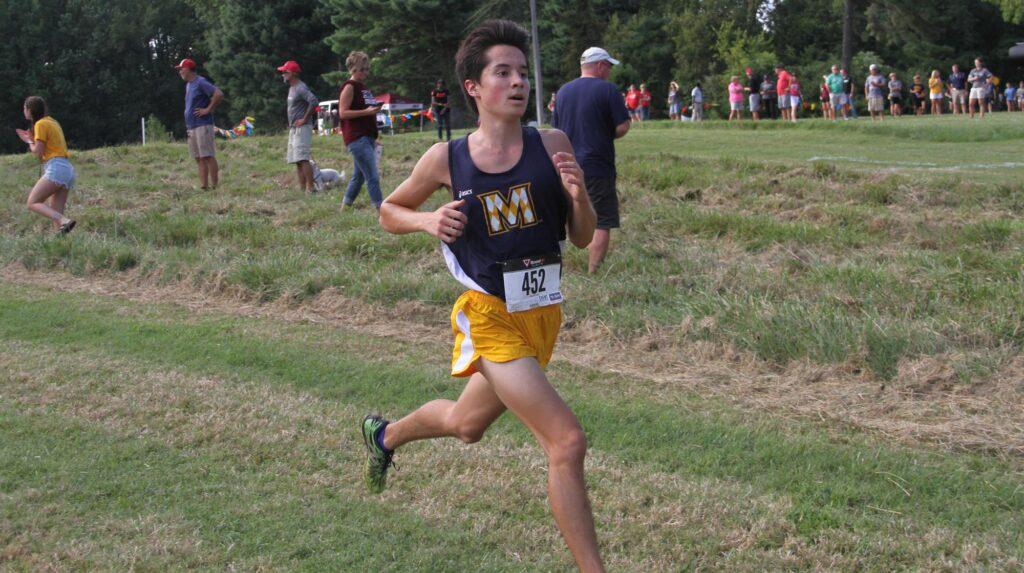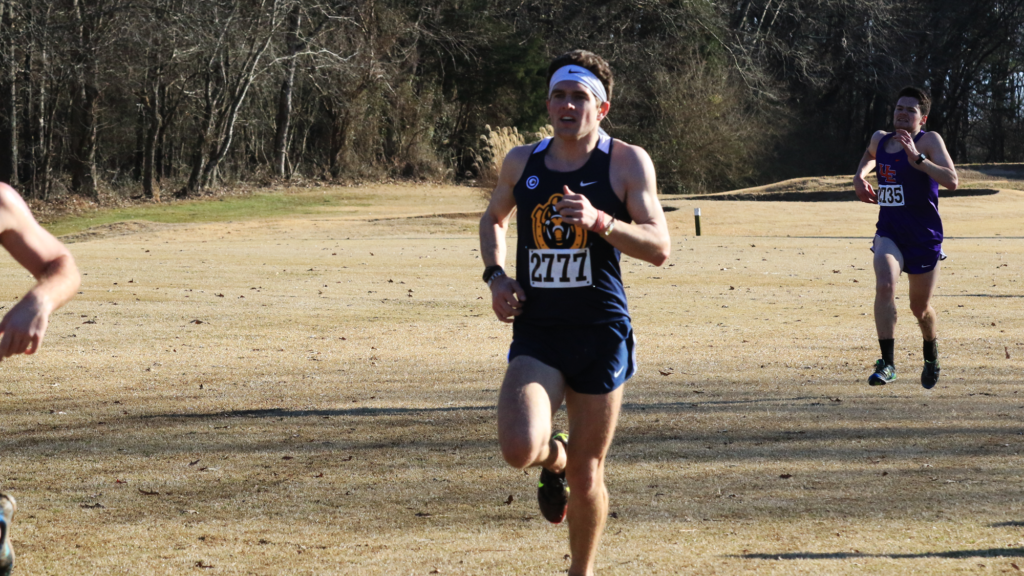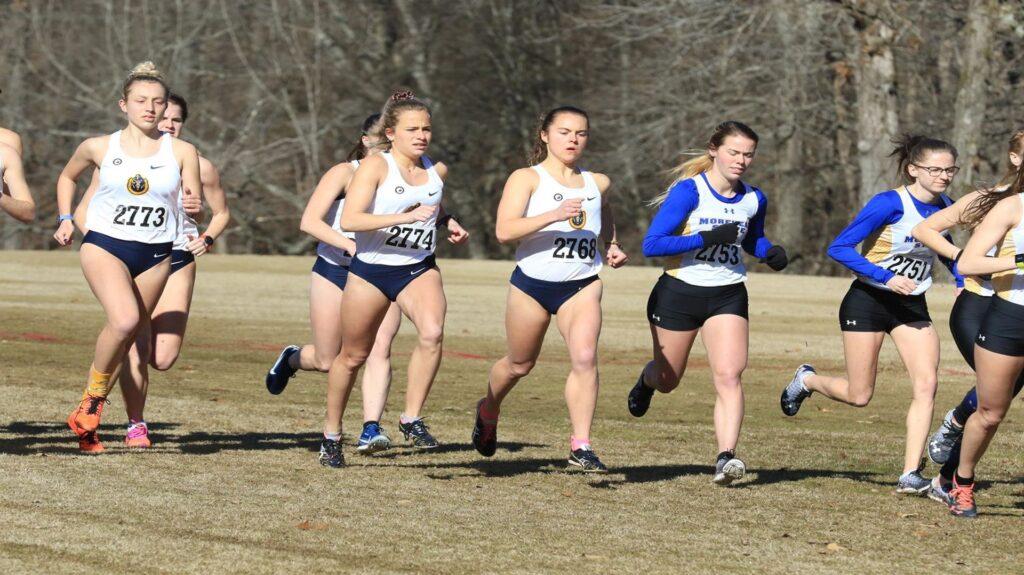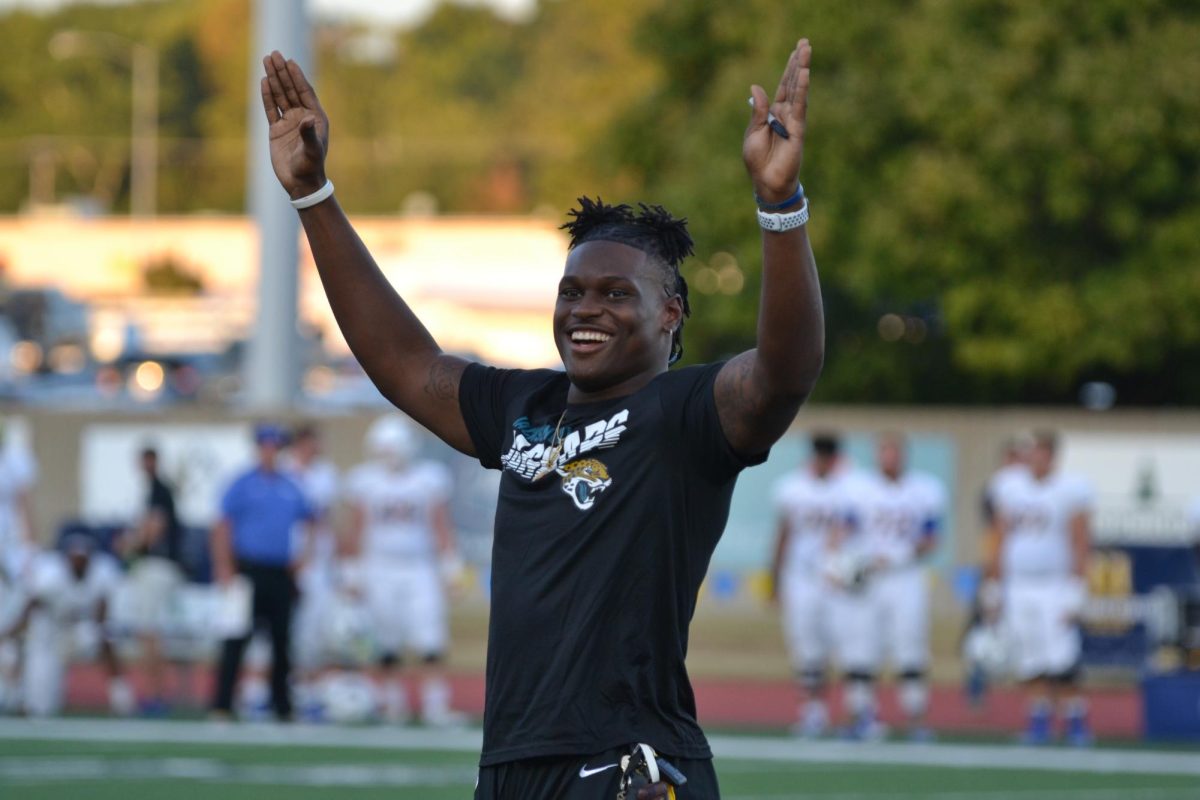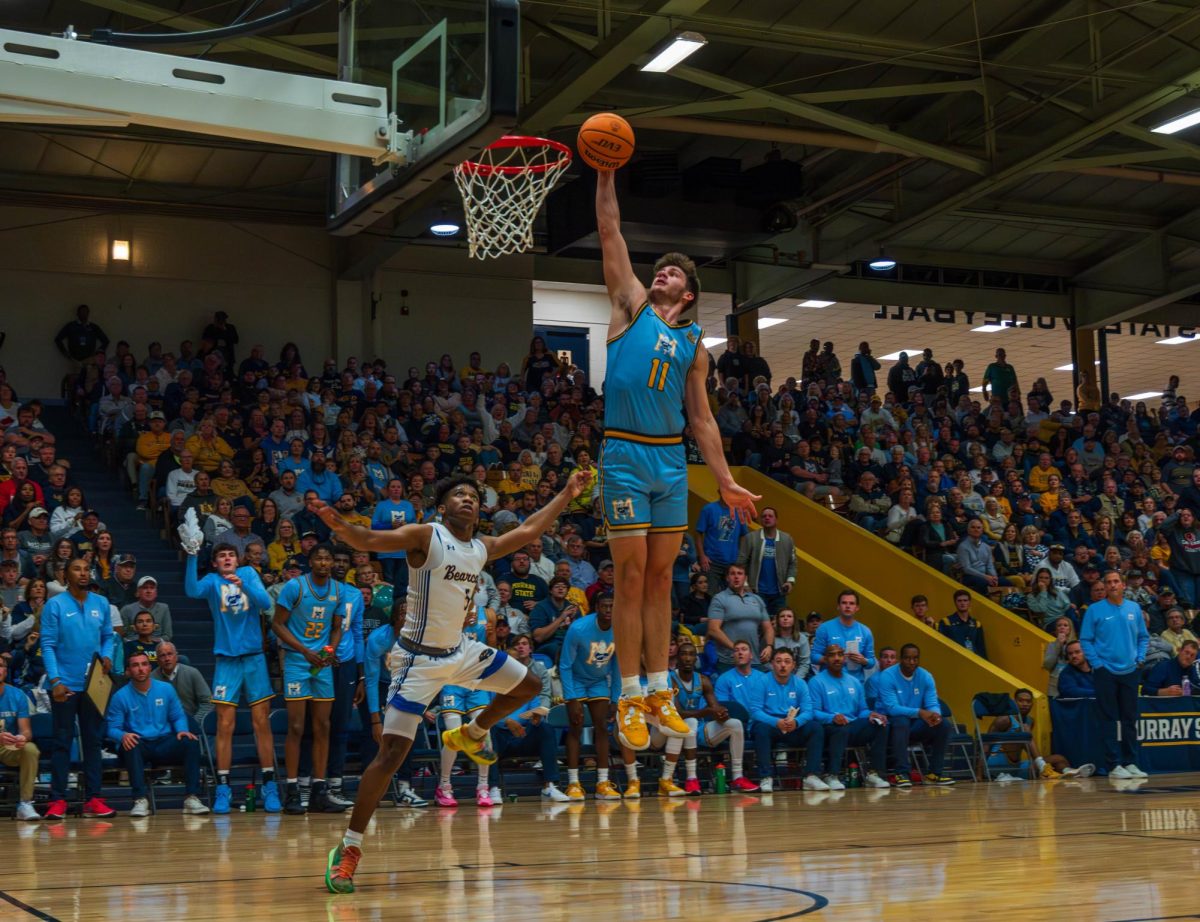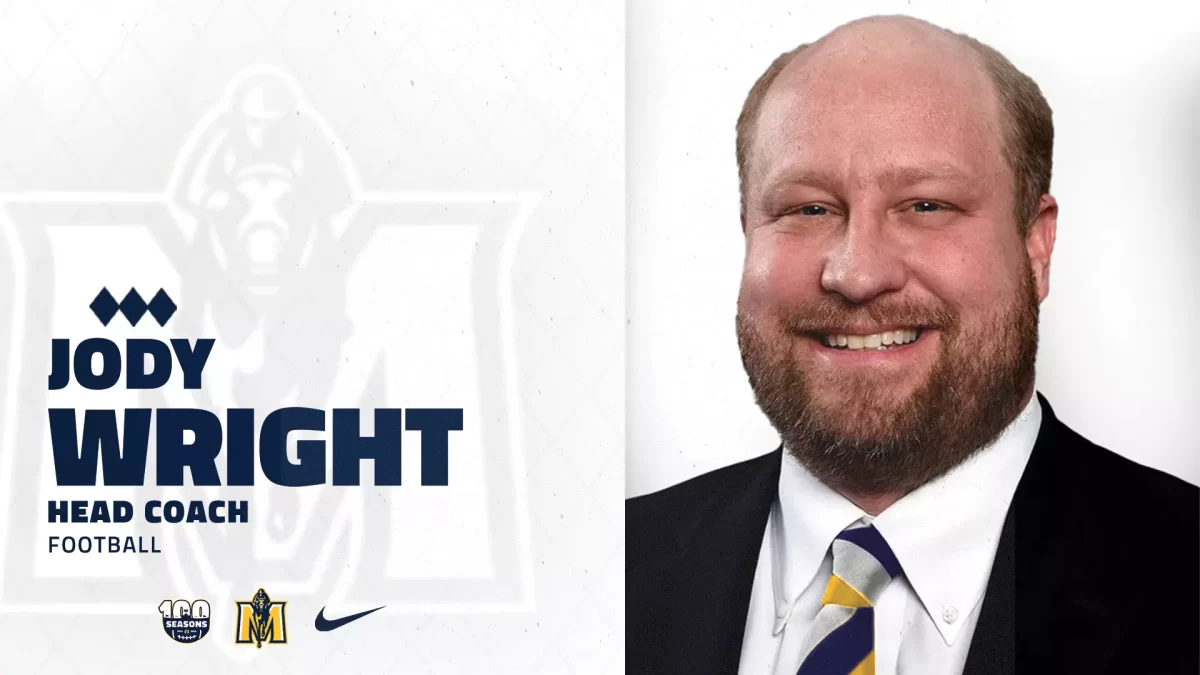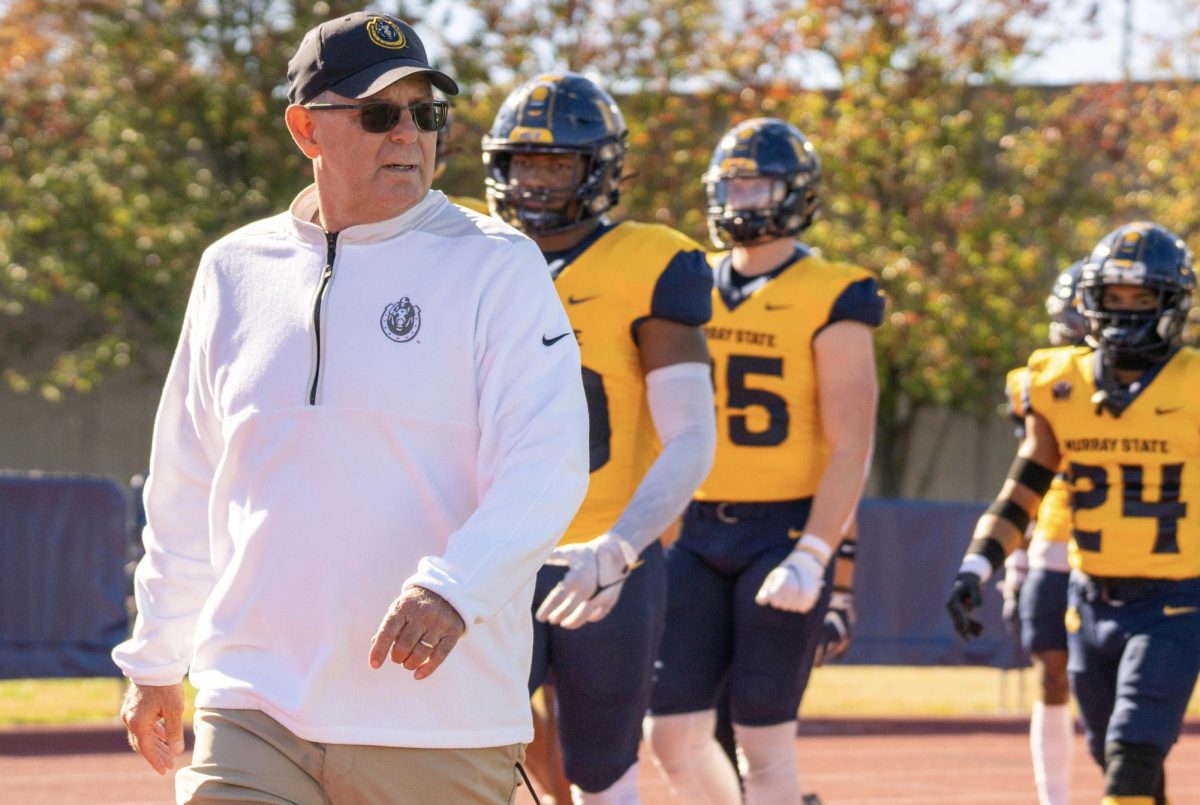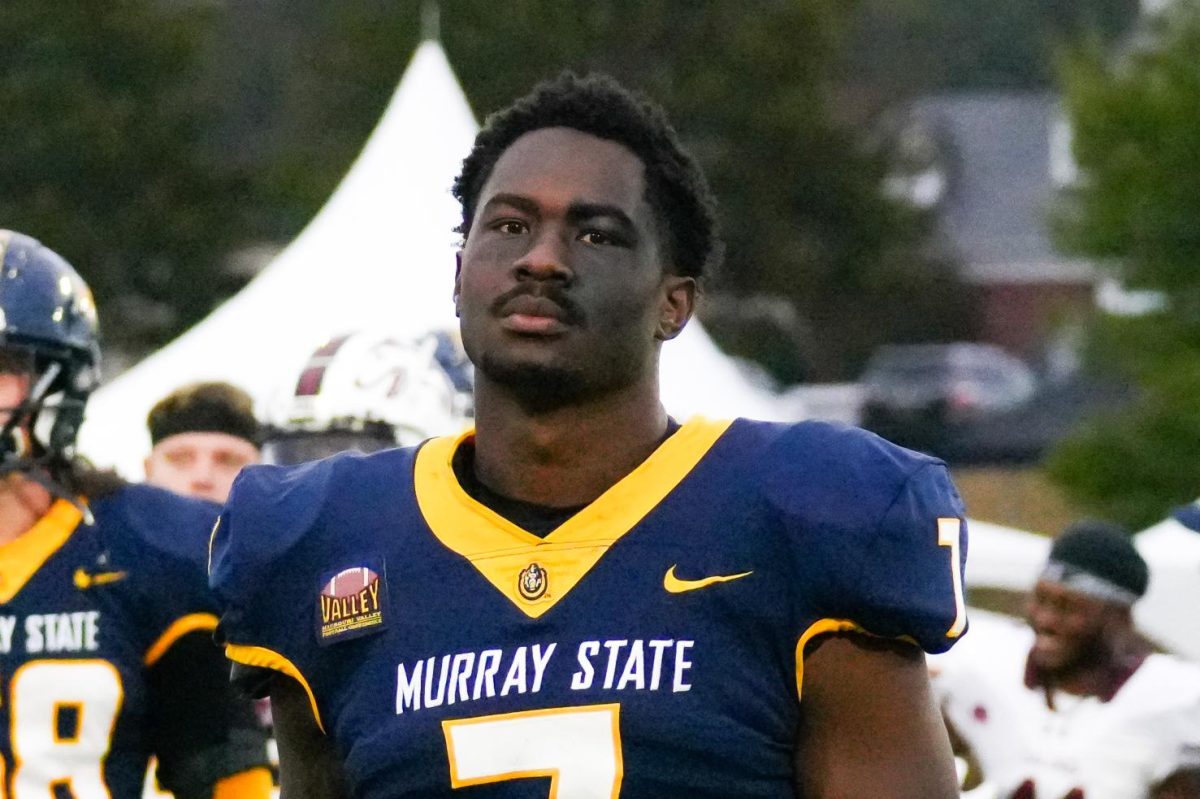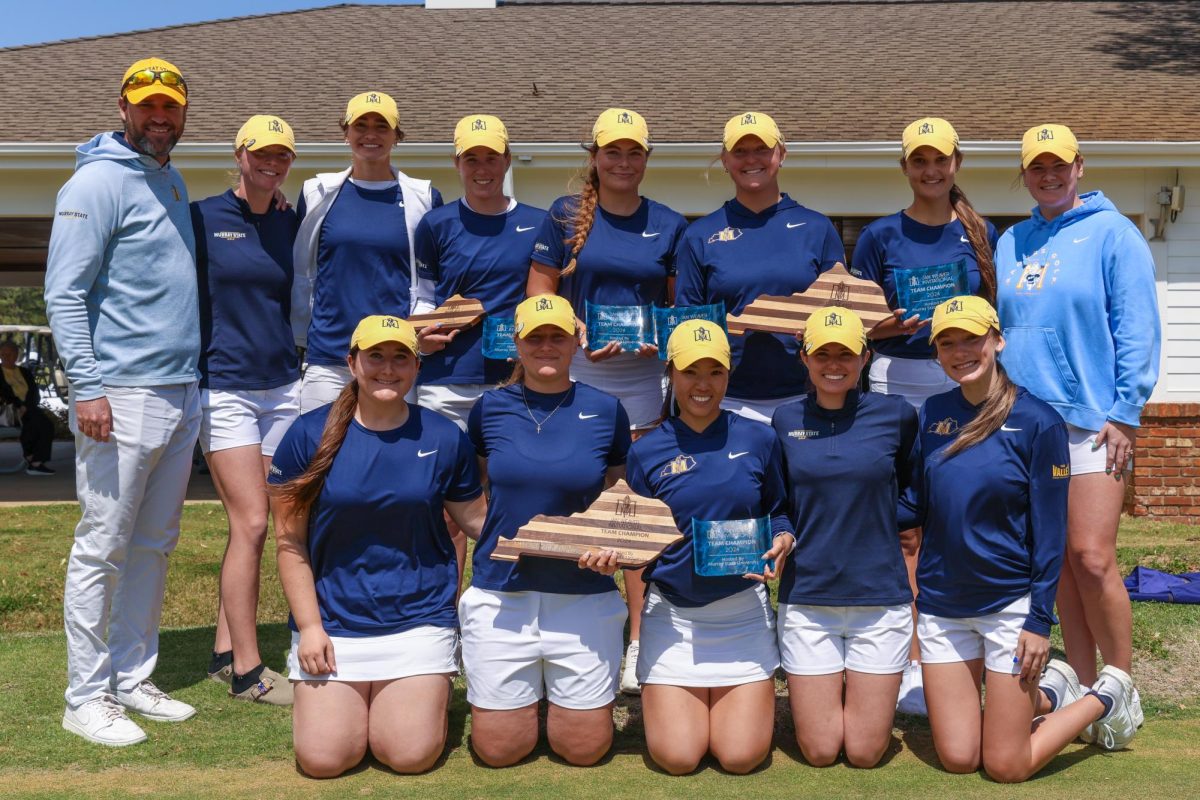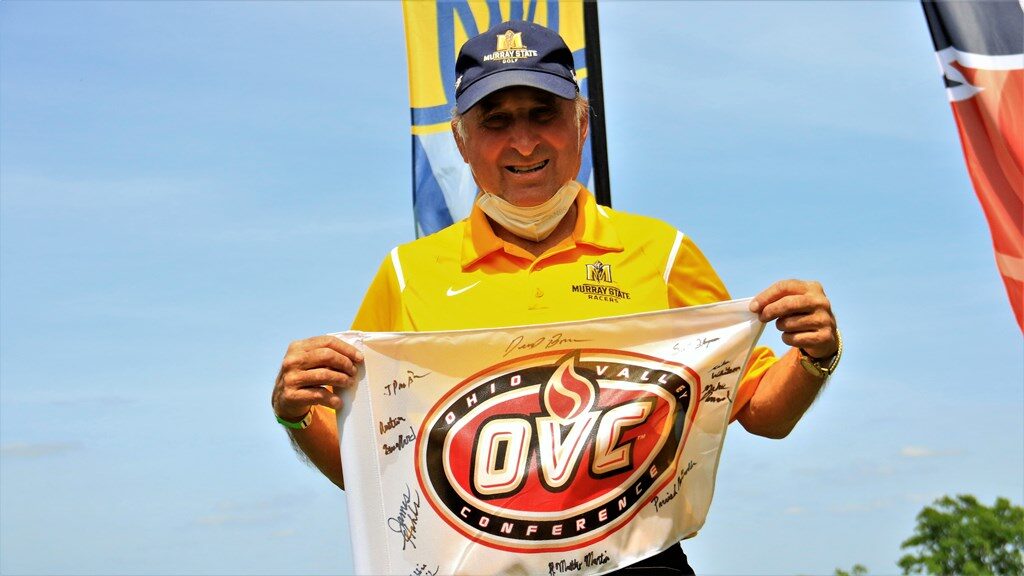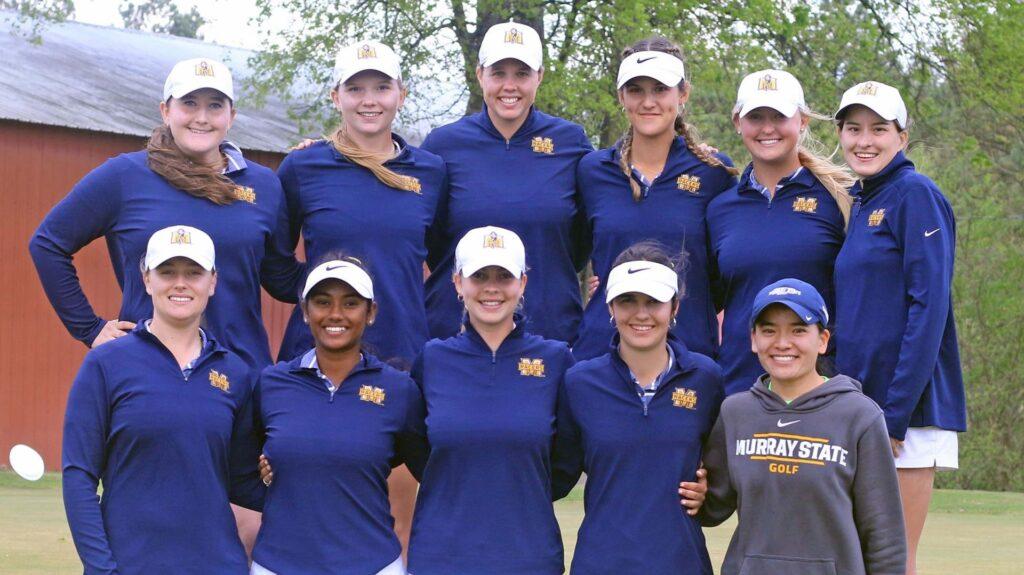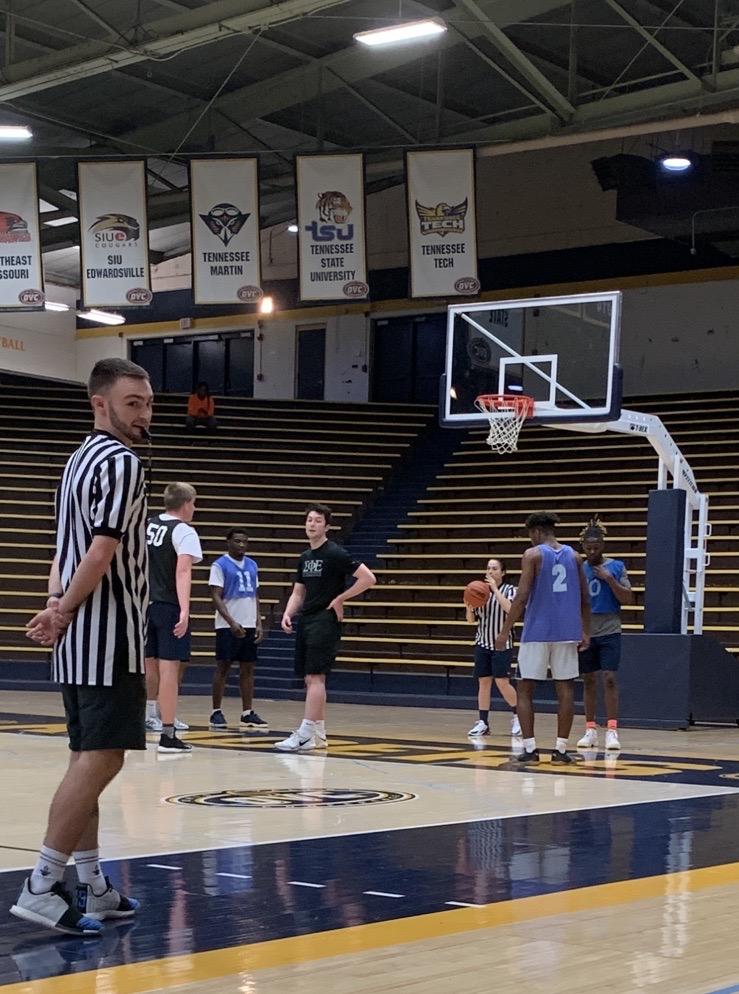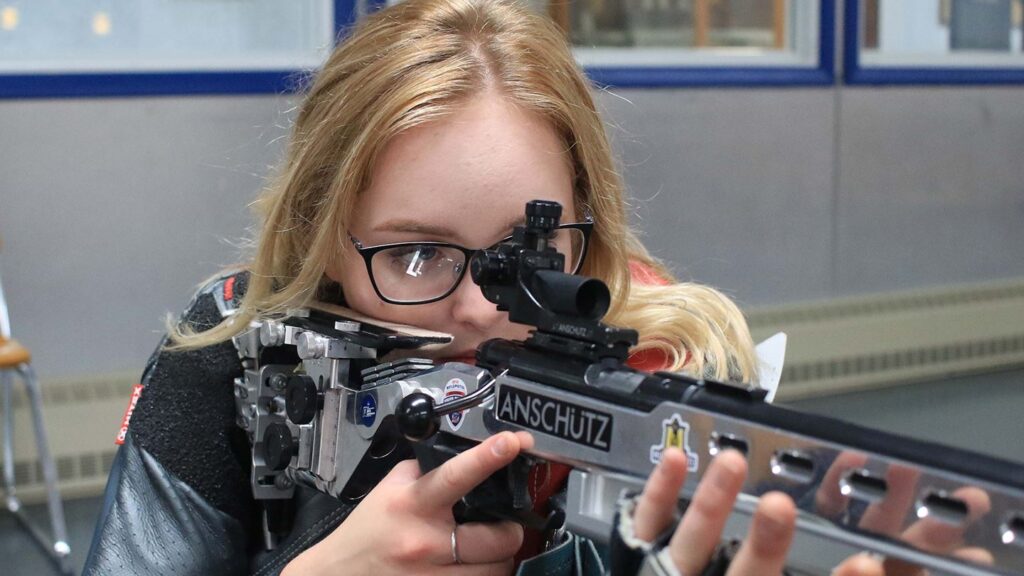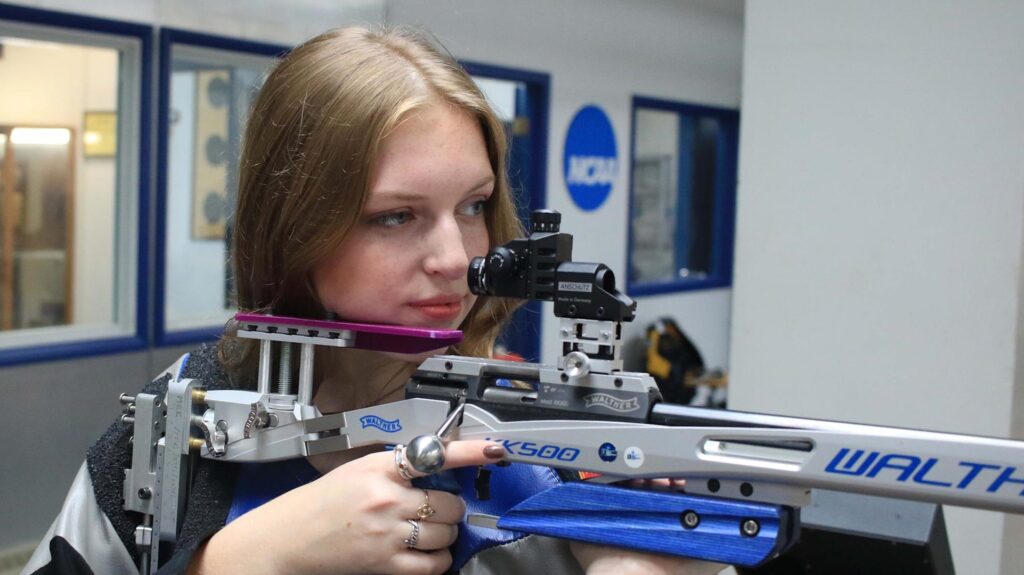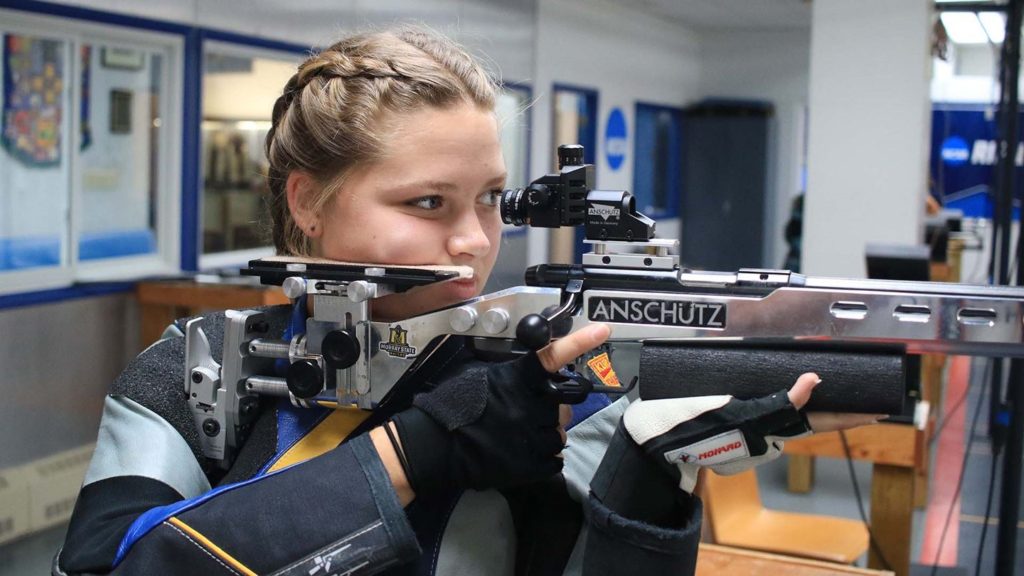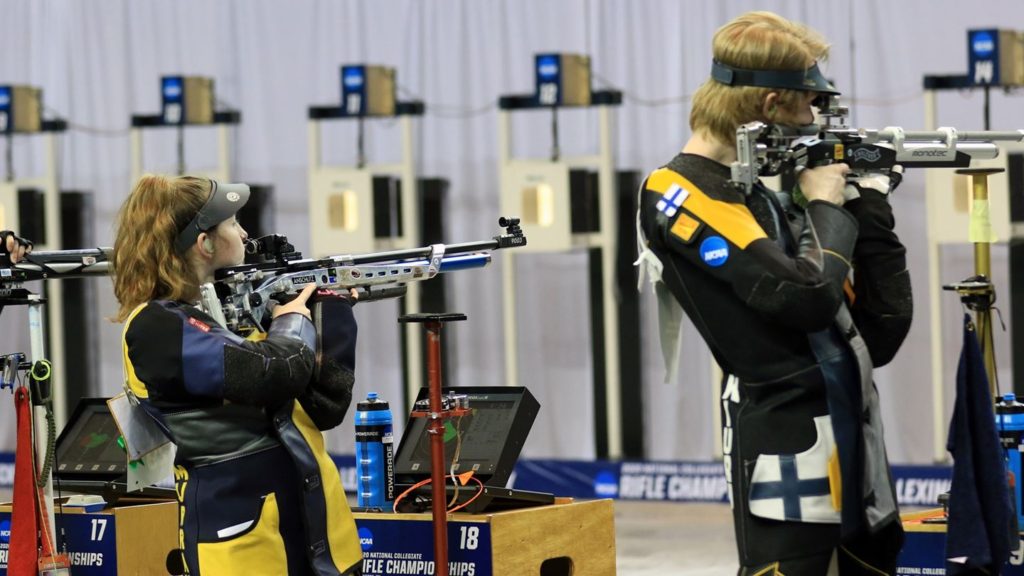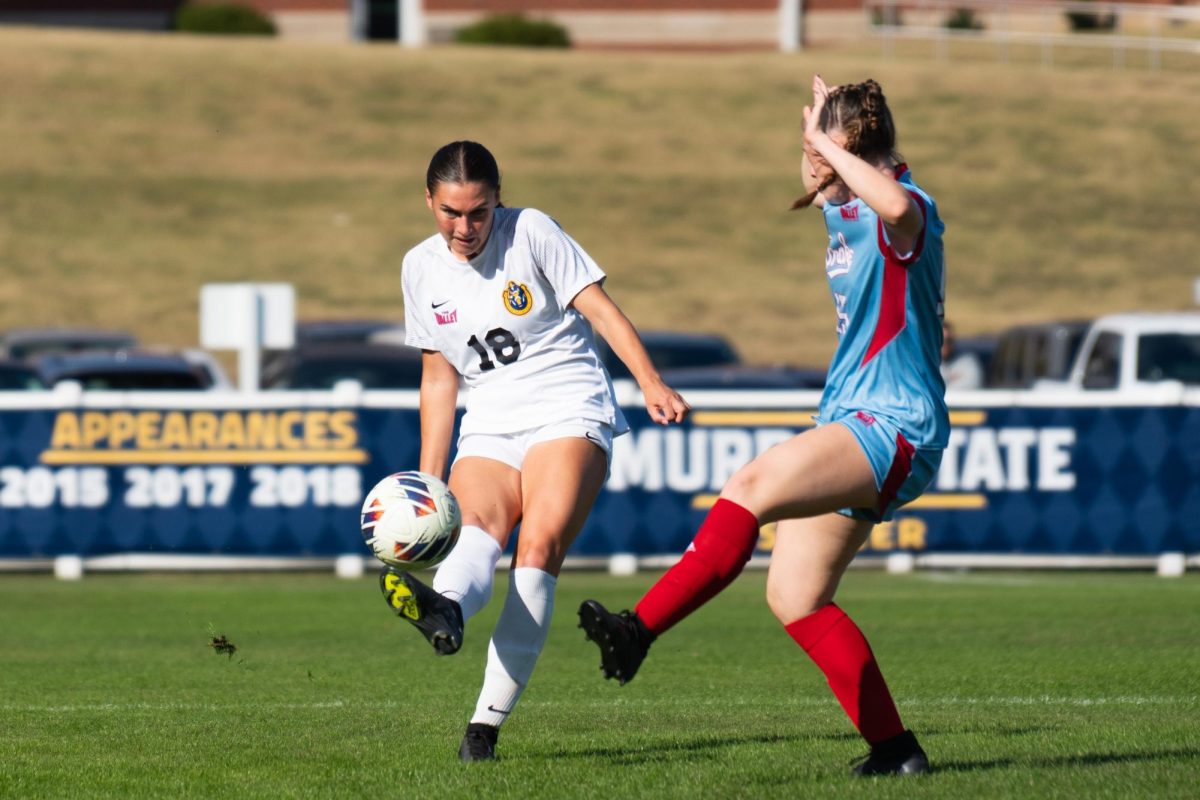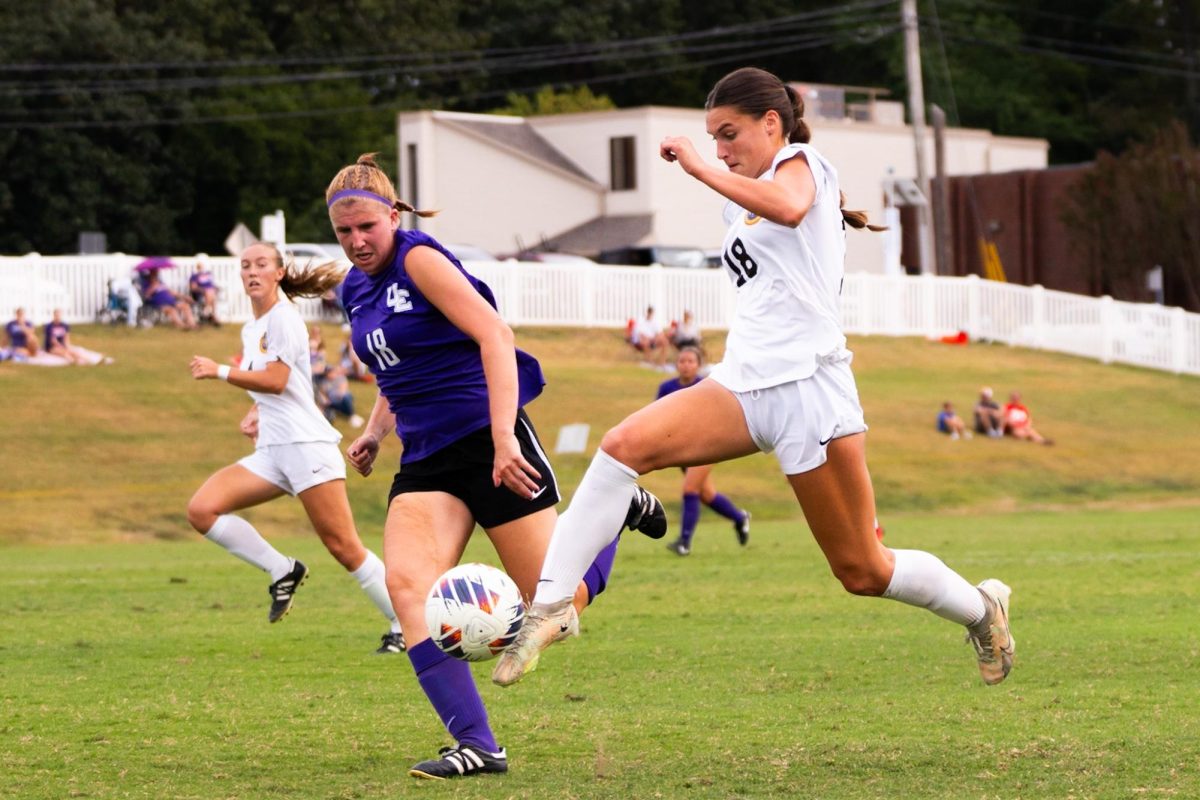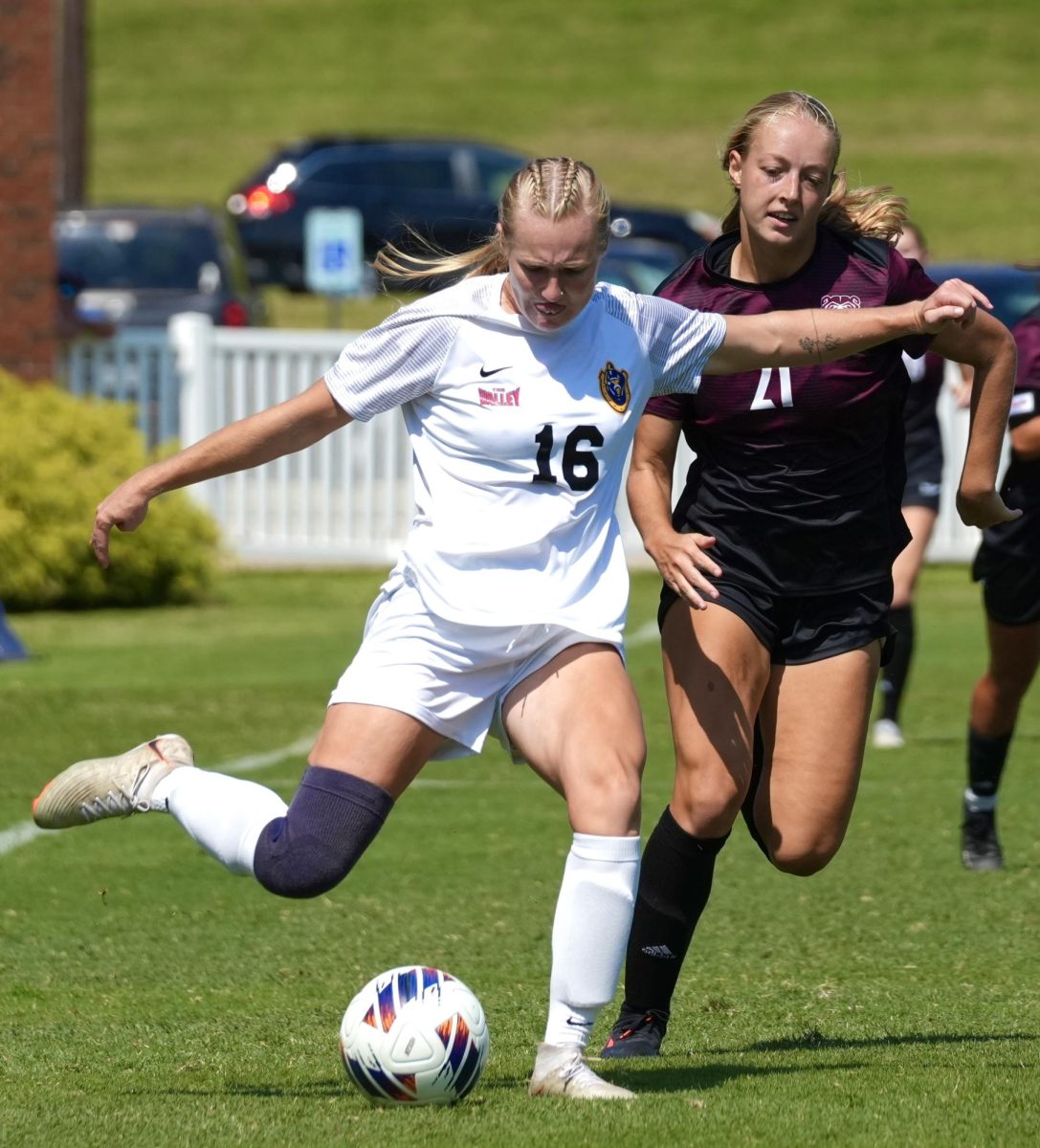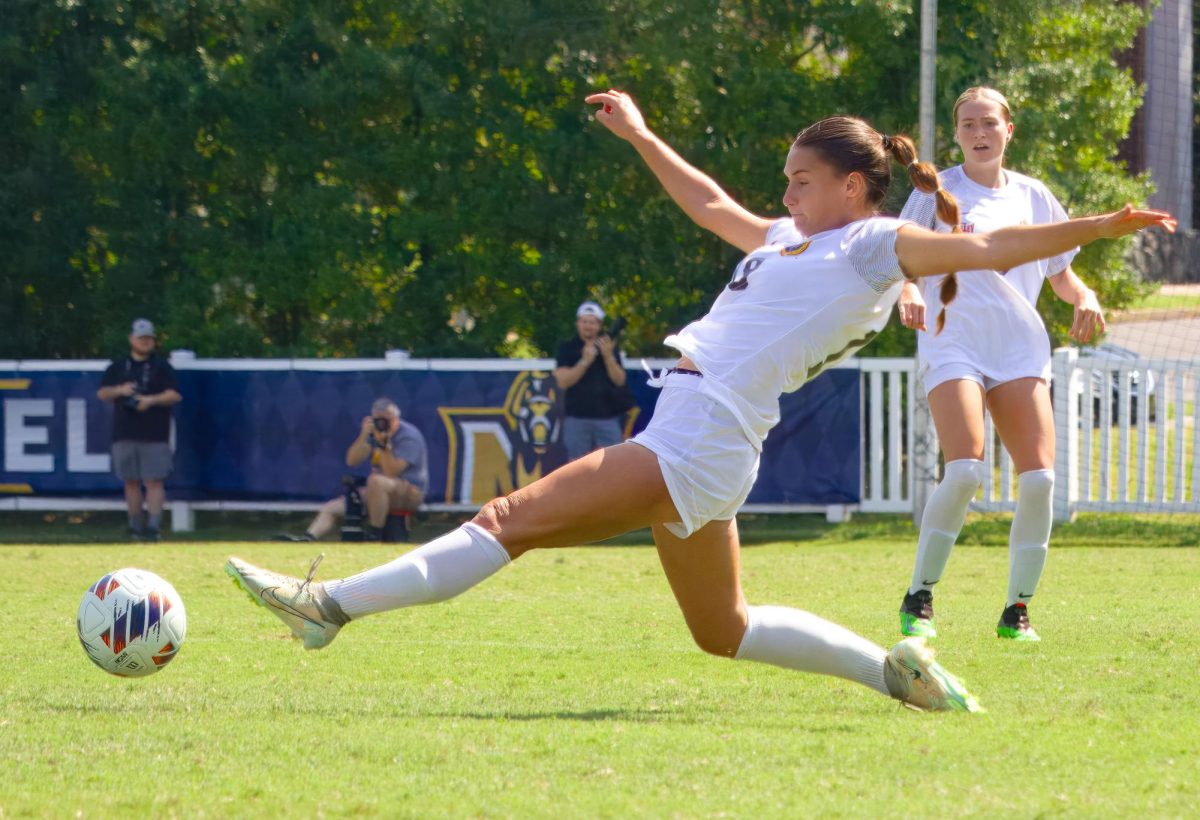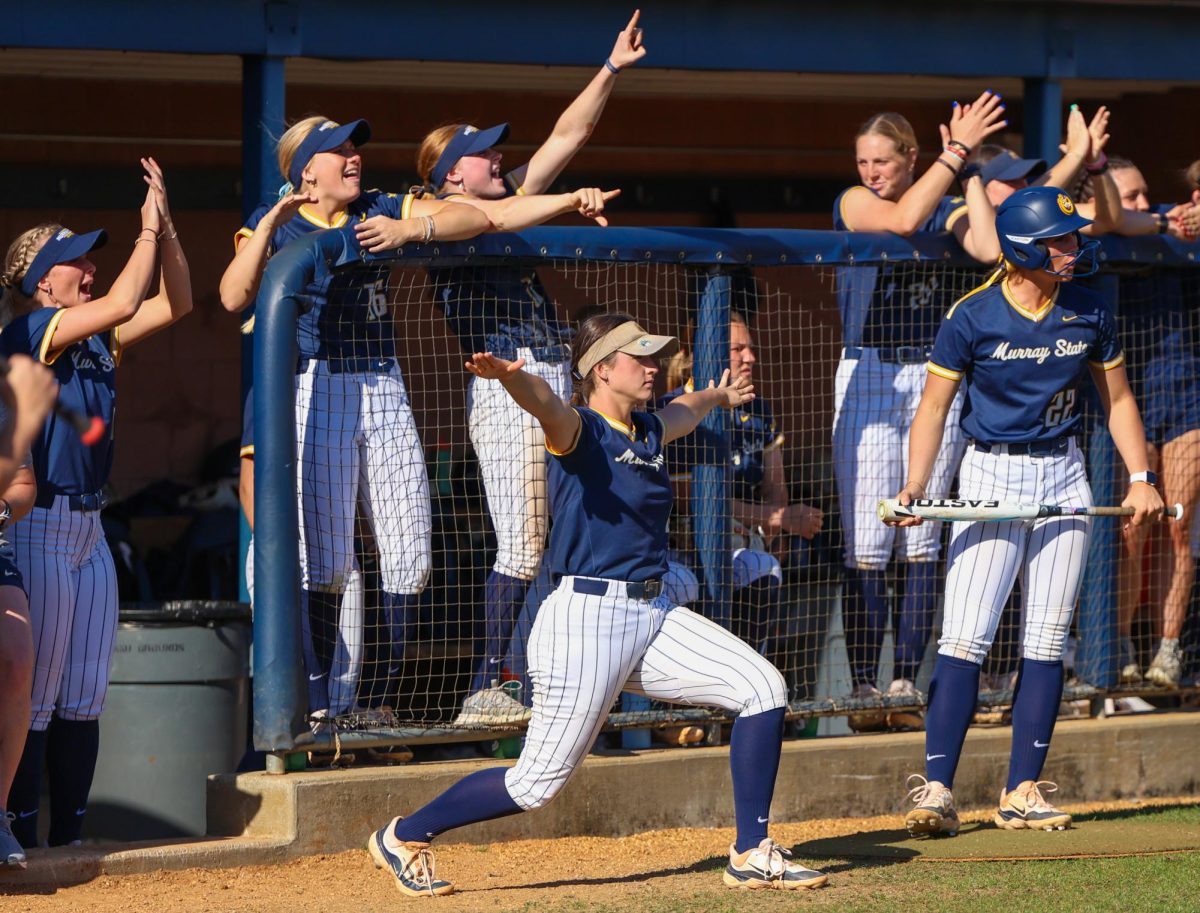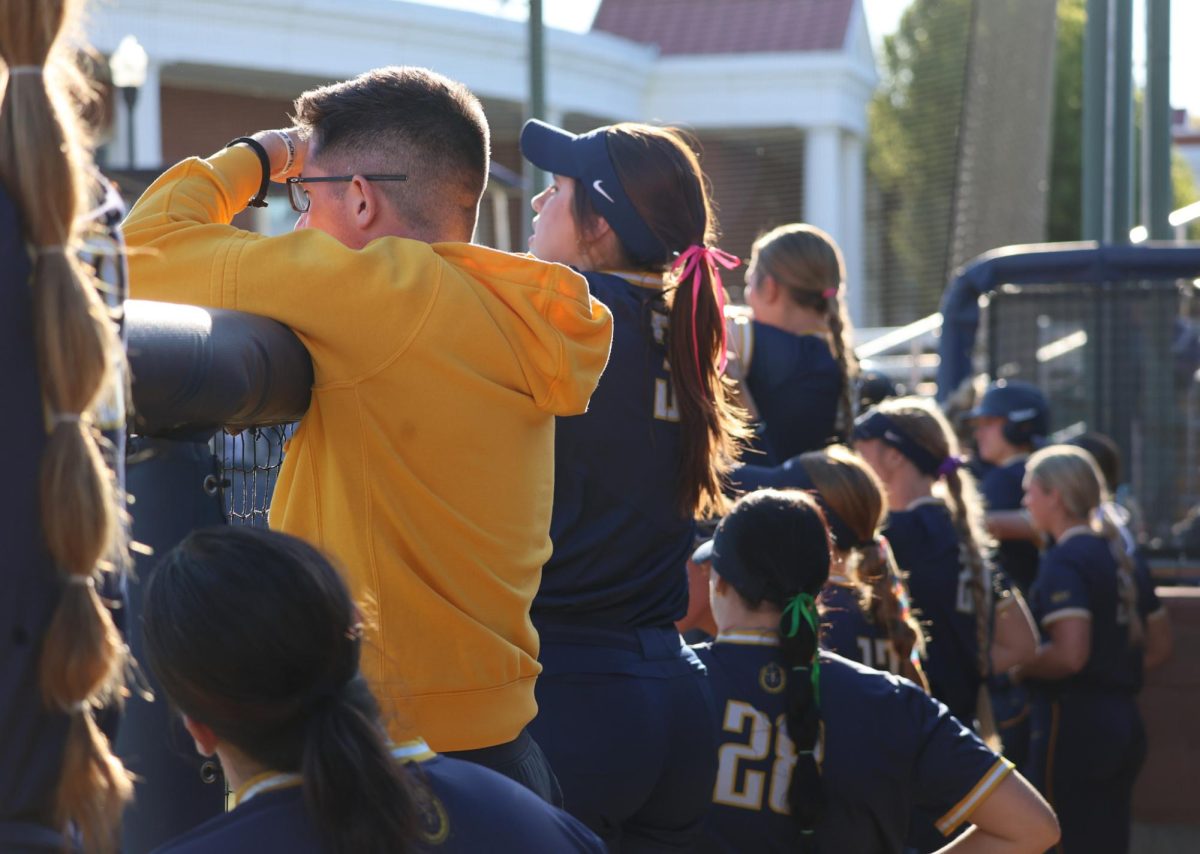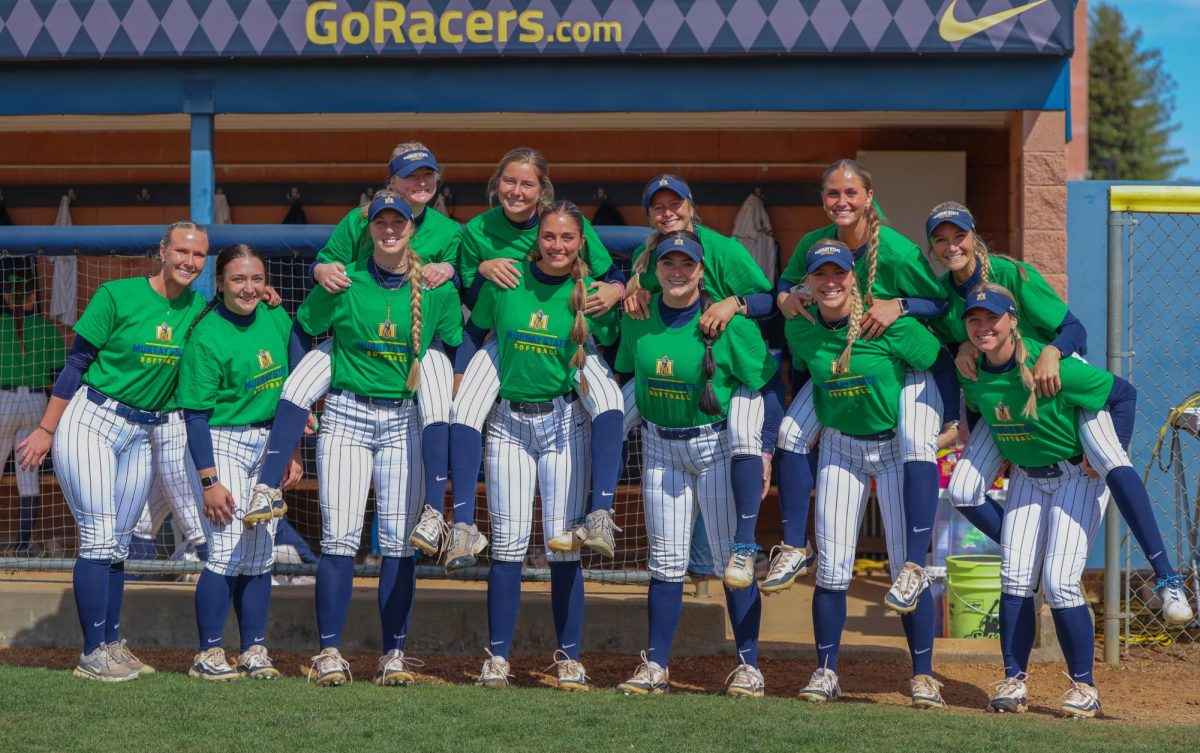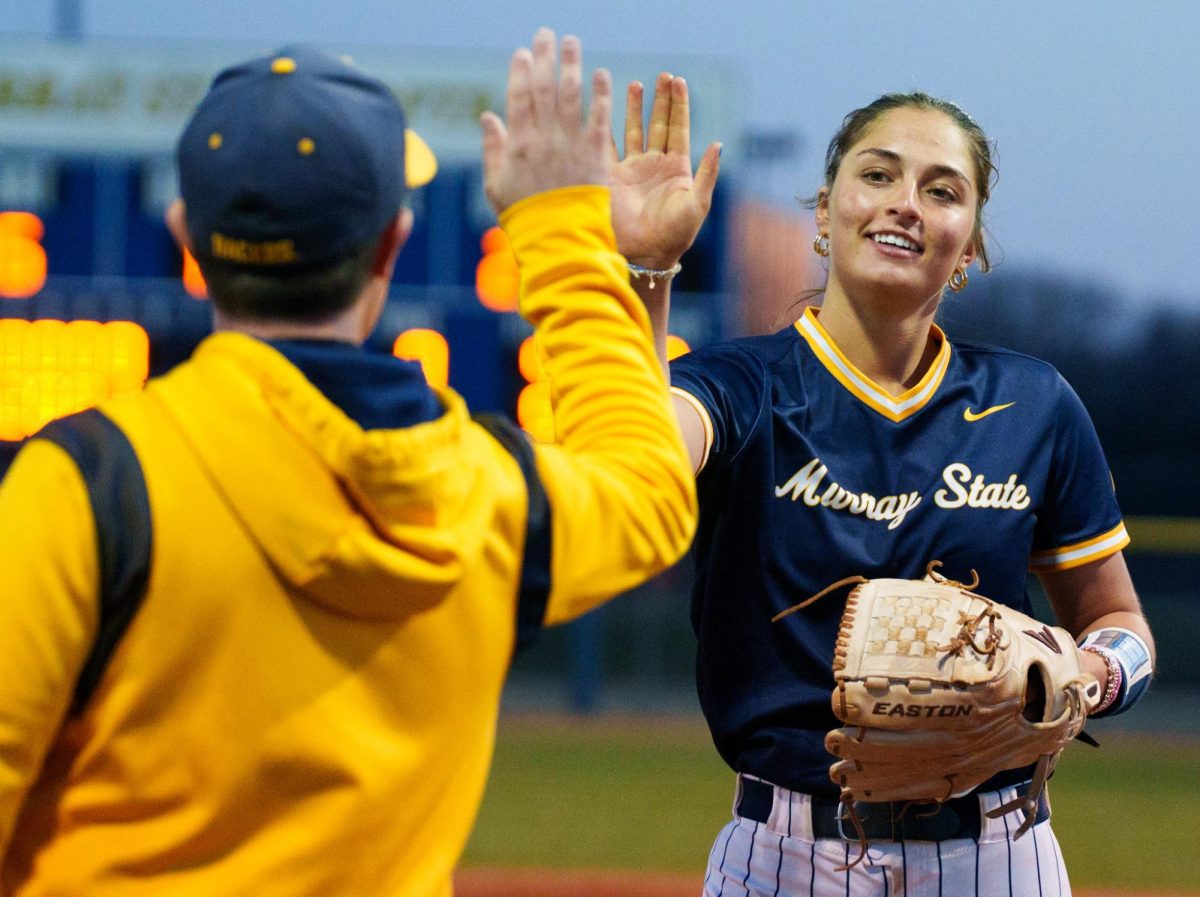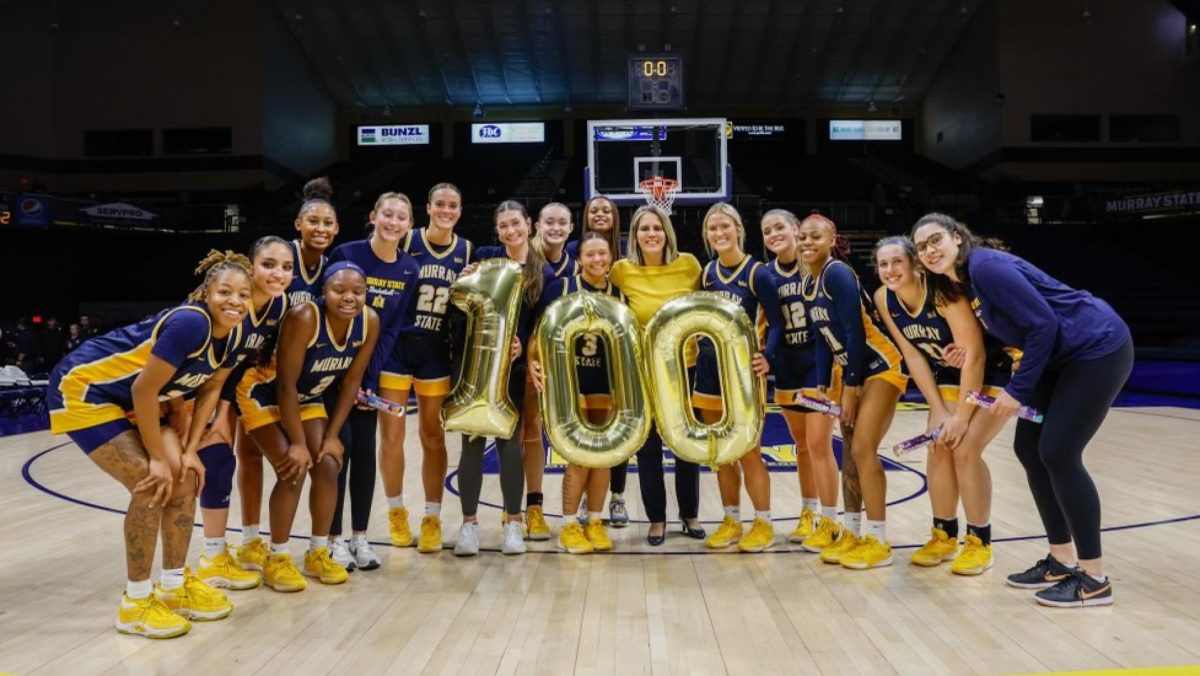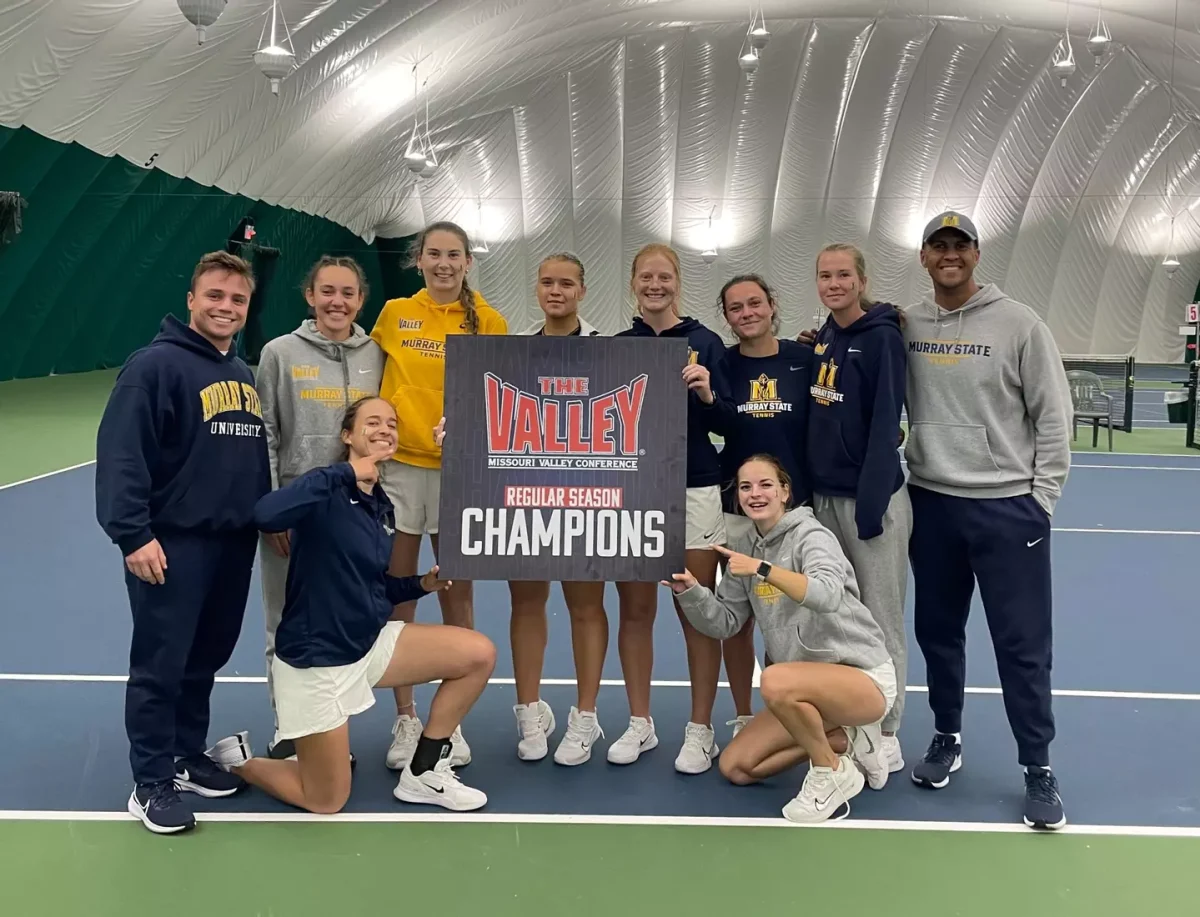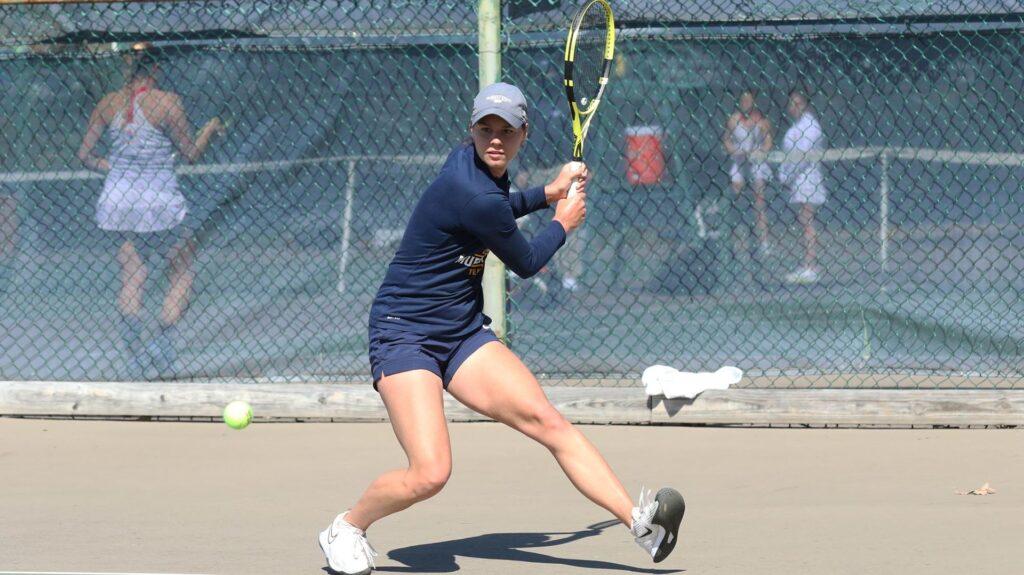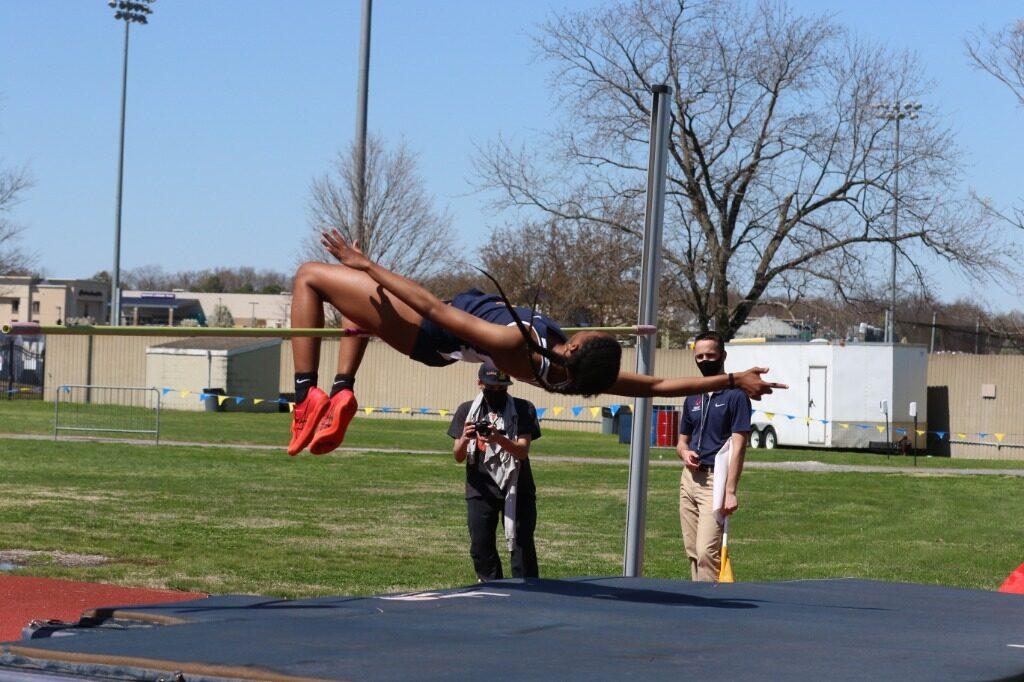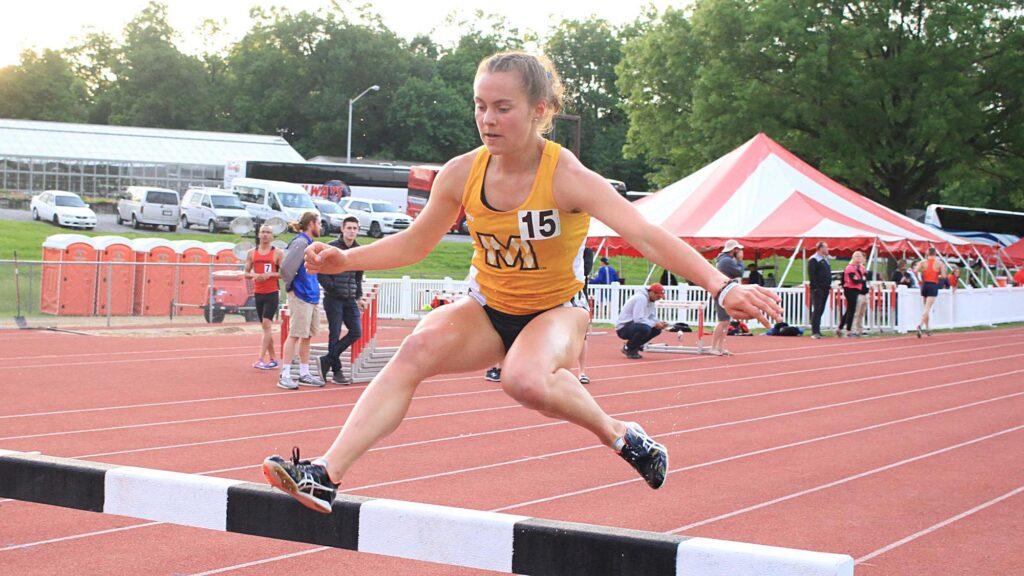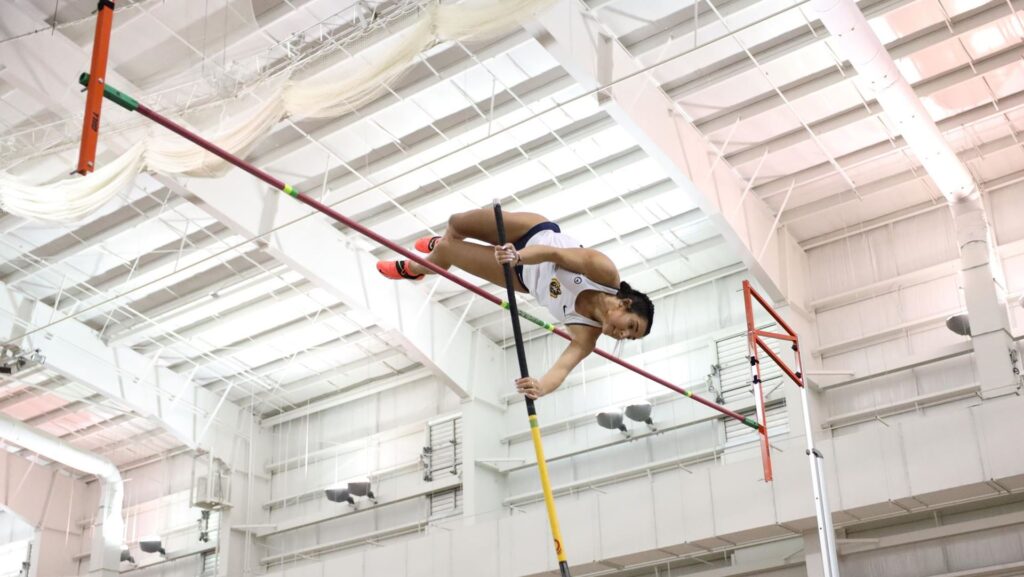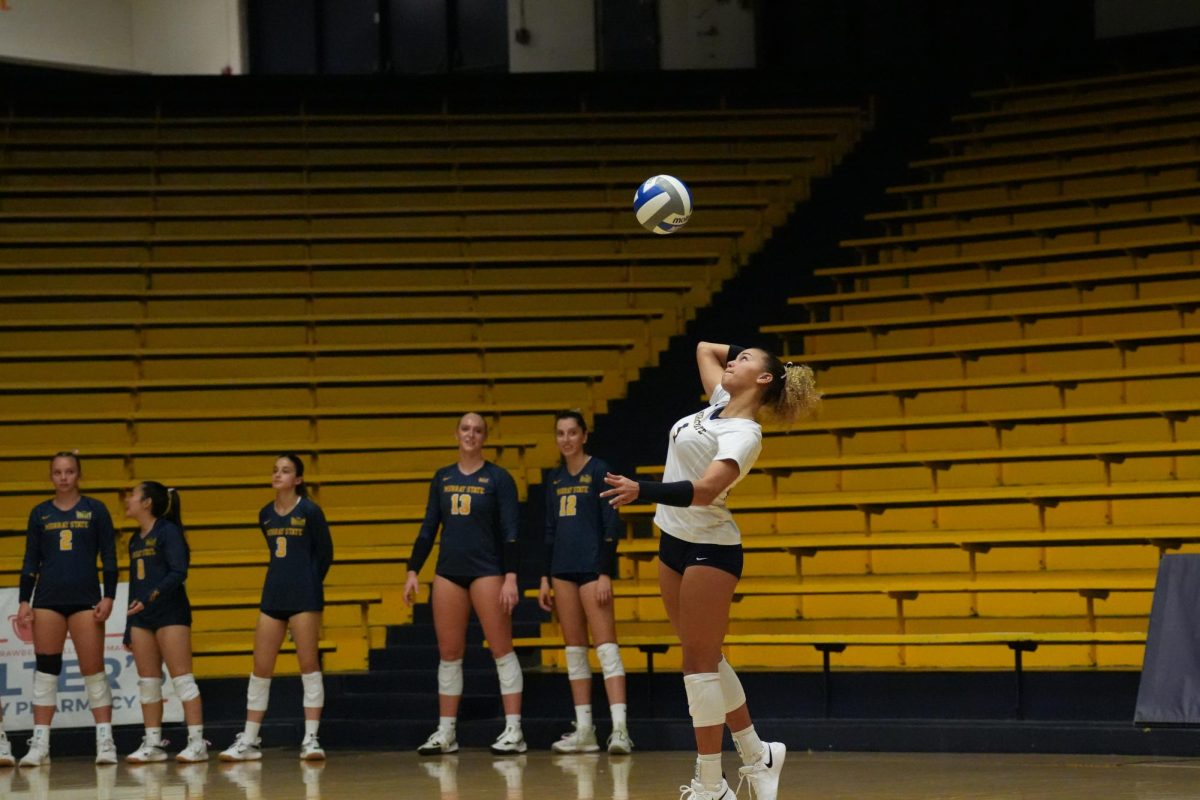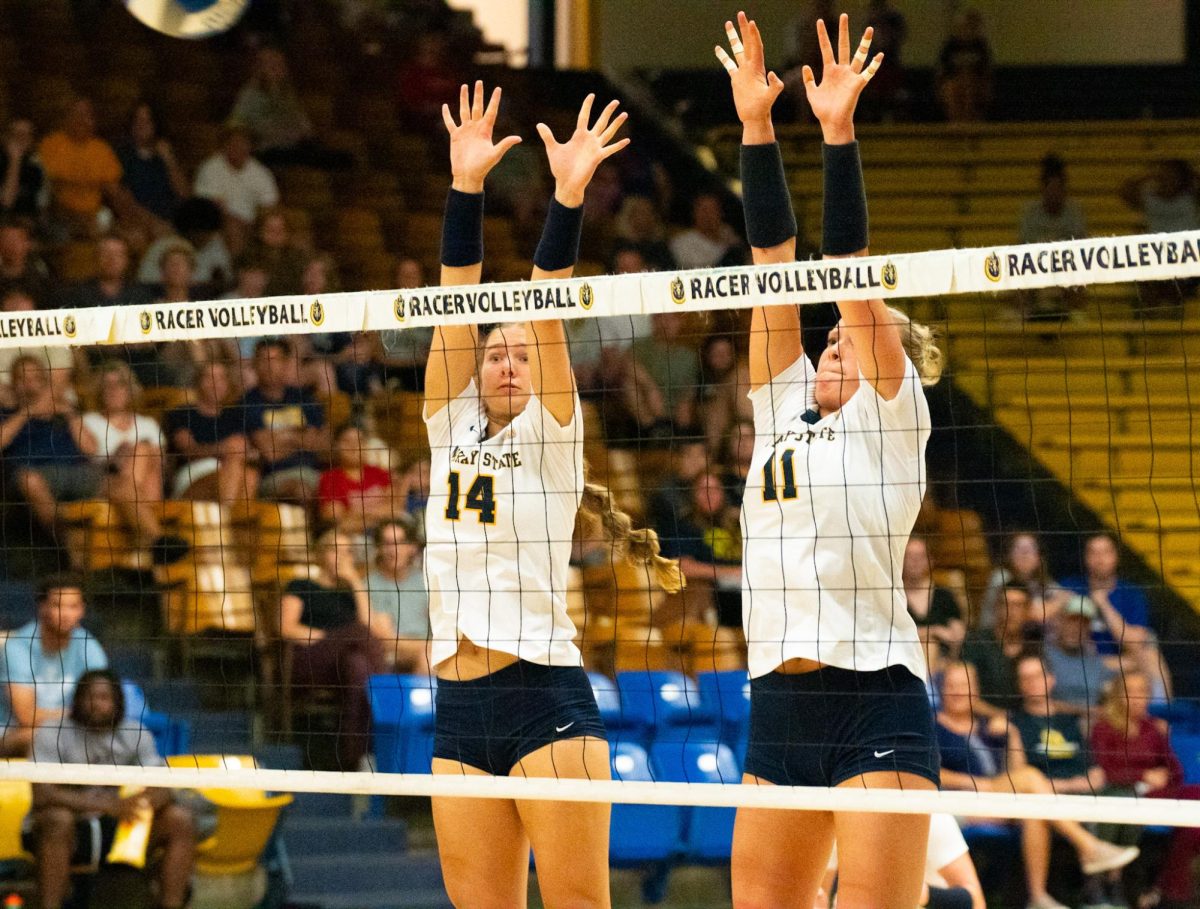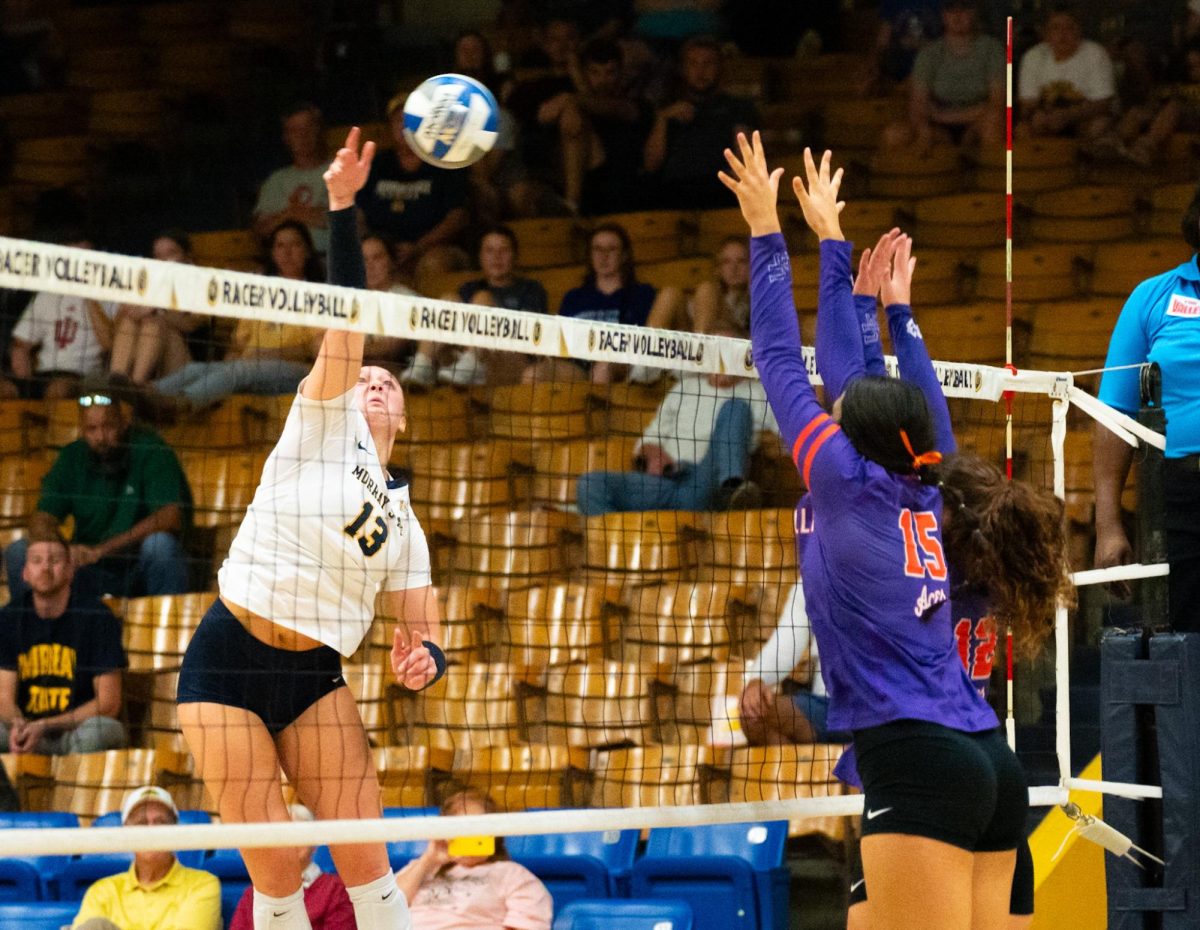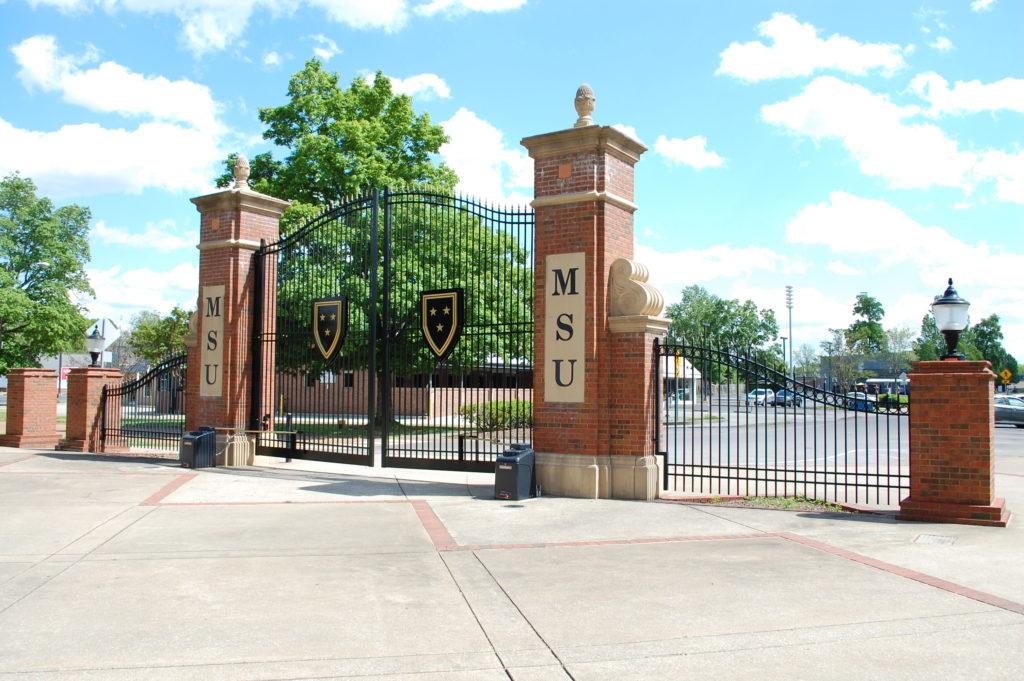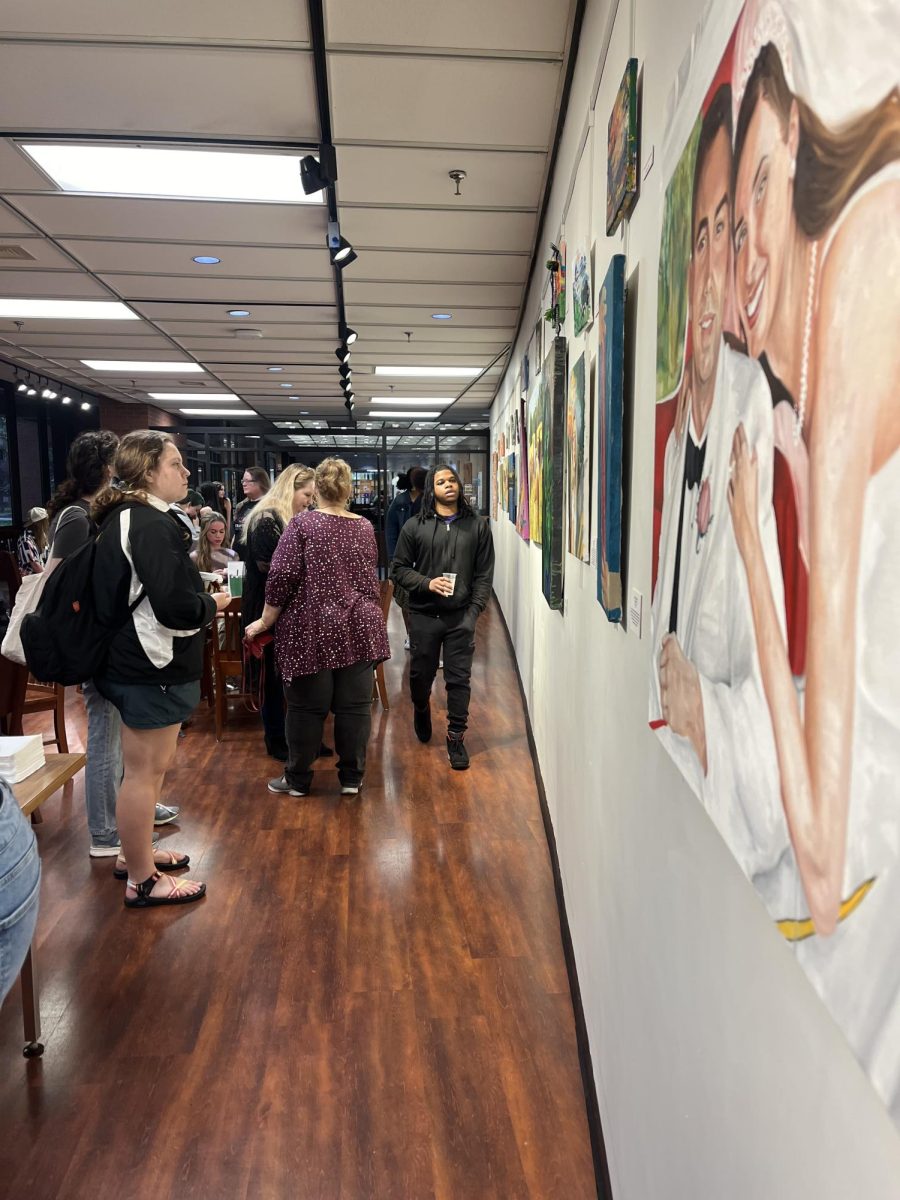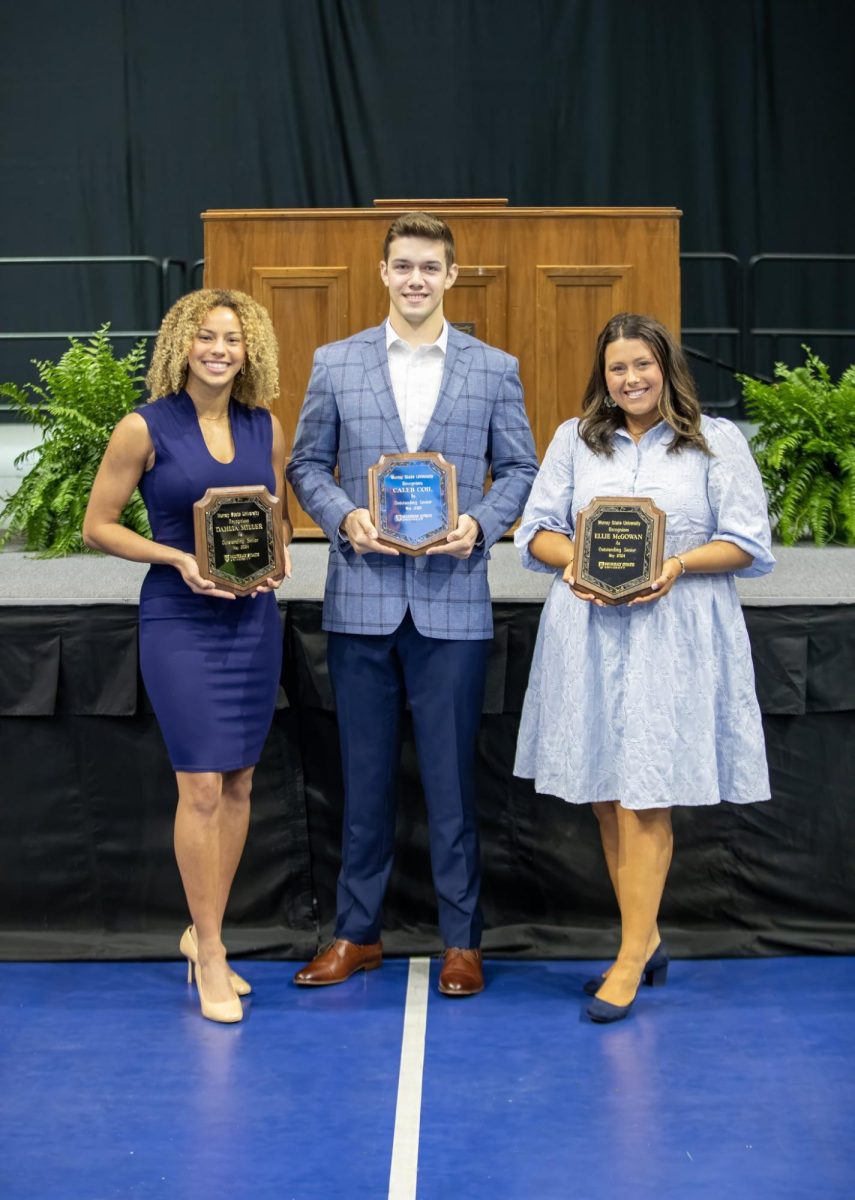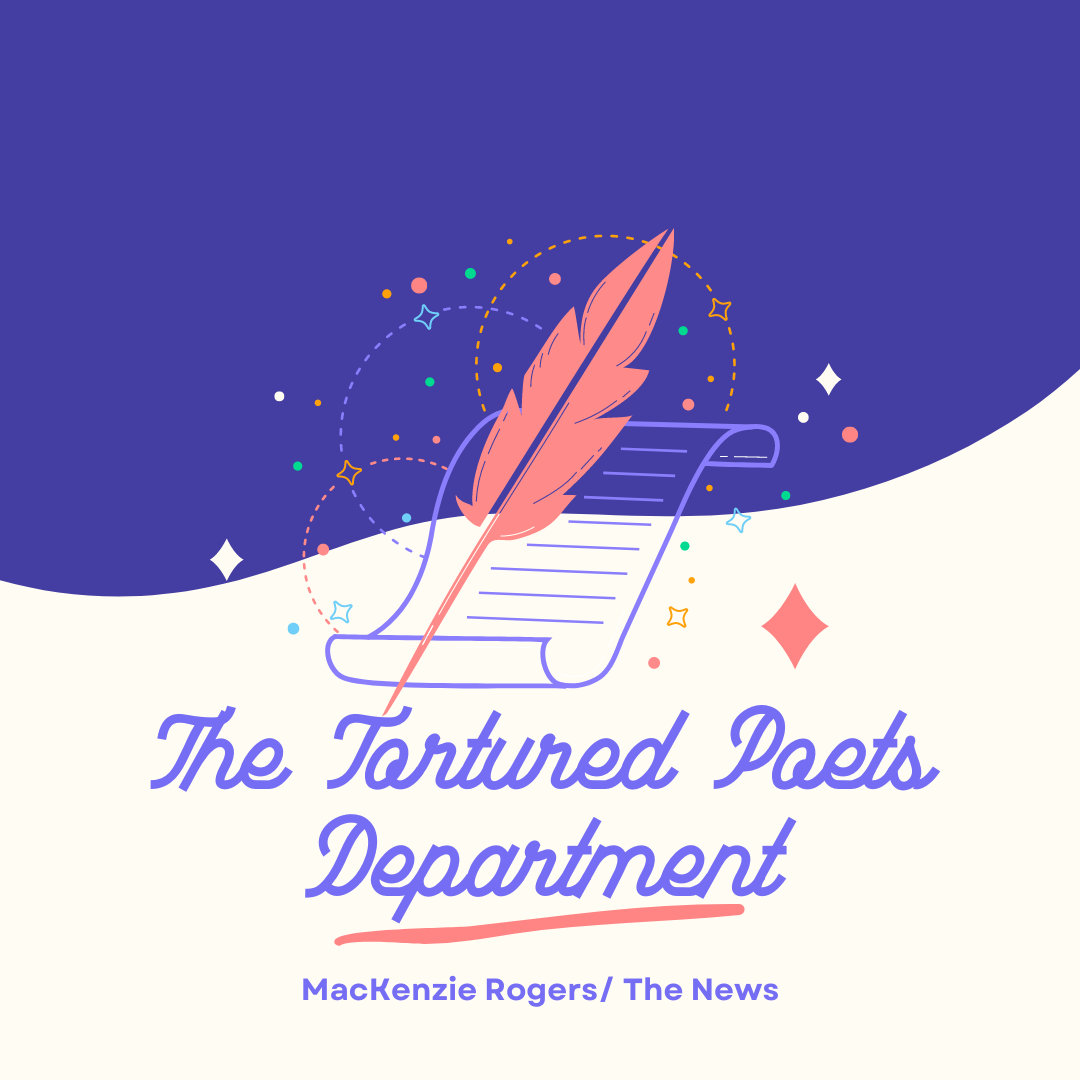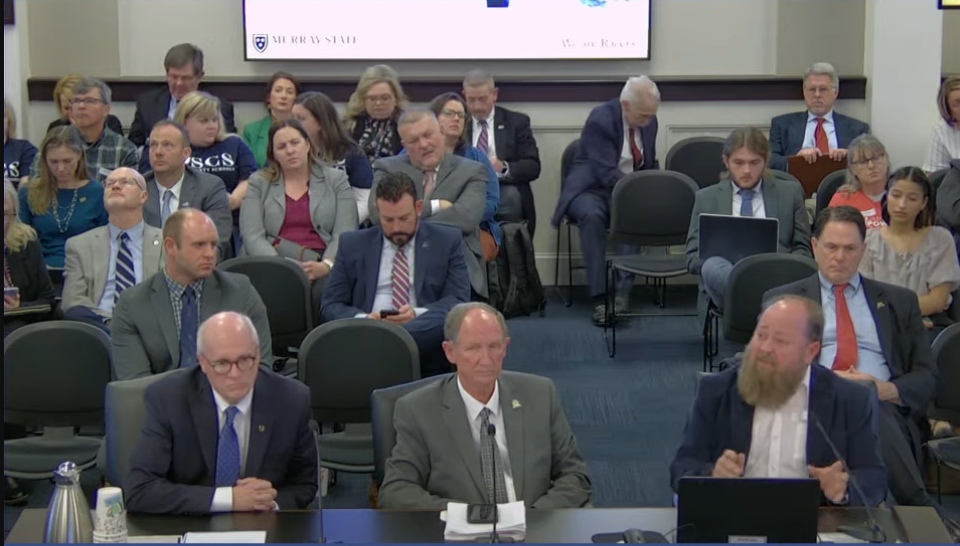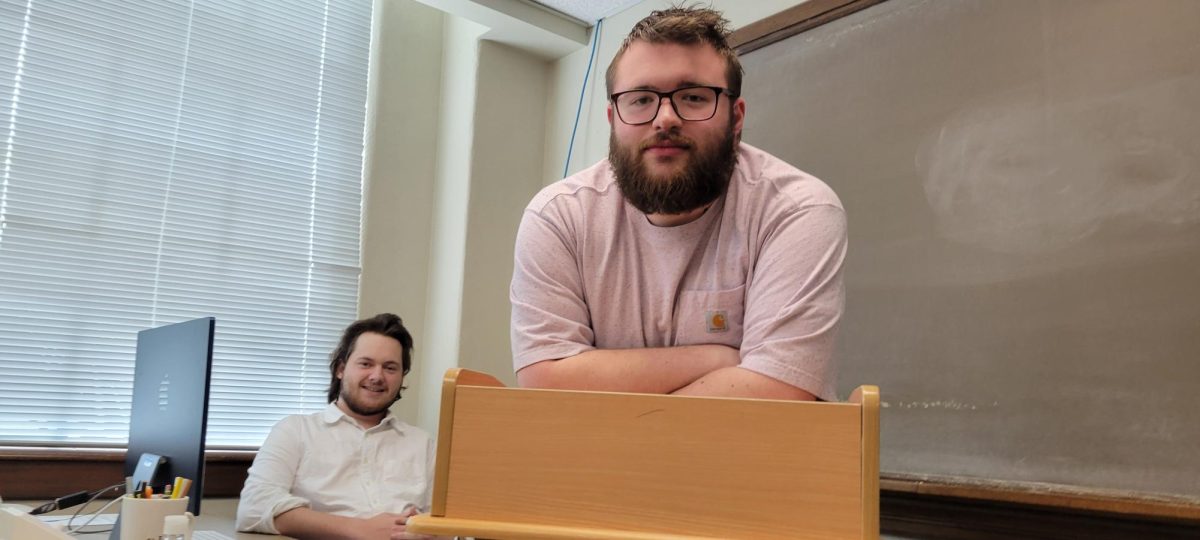House Bill 400 and Senate Bill 189 was presented in depth to the Senate Education Committee on Feb. 22 and was met with concerns from the Kentucky Veterinary Medical Association.
HB 400 was passed by the House 82-6 on Feb. 15. Both bills would allow Murray State to offer a doctoral program to veterinarian medical students.
Brian Parr, dean of the Huston School of Agriculture, presented plans for the future veterinary school. He said the clinical based distributive plan not only saves money but allows students a chance at hands-on experience.
“Students come to the University for two or three years of instruction, and they spend the final years out in the field with veterinarians,” Parr said. “(This allows for students to be) immersed in the practice that they will potentially step into after they finish their education.”
The distributive learning model is projected to save $150 million in construction, training replicas and other expenses.
Murray State has $4.2 million set aside for scholarships to incentivize students from rural communities to attend the veterinary school. Dual credit enrollment across the Commonwealth gives high school students a chance to consider applying to the University given an interest in veterinary medicine.
Parr said although this won’t entirely solve the veterinary shortage in Kentucky, it is a grassroots approach.
“We need to identify those students as early as 10th grade to say here’s a student from a rural community that has a passion for animal agriculture that may or may not have considered vet medicine as a career or even as a possibility,” Parr said. “We can do that through this dual credit system that reaches into those high schools and delivers these science credits and agricultural credits to help us bolster that pipeline with capable veterinary school applicants.”
The Kentucky Veterinary Medical Association (KVMA) has yet to take a legitimate stance on the bills due to its early stages.
Jim Weber, chair of the KVMA, said the KVMA has serious concerns regarding Murray State’s model for the future school.
“In (Murray State’s) presentation, they mentioned six schools using the distributive model,” he said. “Of those six schools, only two have achieved full accreditation. One school has gone far enough long and graduated their first class, to possibly give for accreditation. As part of full accreditation, 80% of their students must pass the National Licensing Exam and they failed to do that. So they continue under provisional accreditation.”
The accreditation standards for a veterinary medical school in Kentucky involves numerous specifications, including employment of a dean who is a practicing veterinarian, providing clinical resources, curriculum extending over a time period of four years and more.
Students would receive a substantial amount of instruction solely through rotations at different public or private practices. This could lead to confusion given that not all practices can meet the accreditation standard but also not all practices may want to take on apprentices.
Weber said the KVMA wants to guarantee insurance on high quality systems, given that the partnership in place with Auburn University already produces high-quality veterinarians.
“The Kentucky Department of Agriculture recently released a report from the veterinarian shortage working group, a group of diverse stakeholders including producers, veterinarians, university personnel and government representatives,” he said. “It was concluded that it would take many approaches, programs and organizations, along with time, to address the shortage issue.”
Bob Jackson, University president, said while the current partnership between Murray State and Auburn University is excellent, the focus needs to be shifted to Kentucky’s needs.
“Since I’ve (been in this position student debt) has gotten to a better position because we are raising money that we are putting towards scholarships,” Jackson said. “We have one generous gift of $4.2 million to help us with those students in order to target Kentucky students who want to practice (in rural Kentucky).”
HB400 and SB189 now moves for consideration in the Senate Education Committee.



